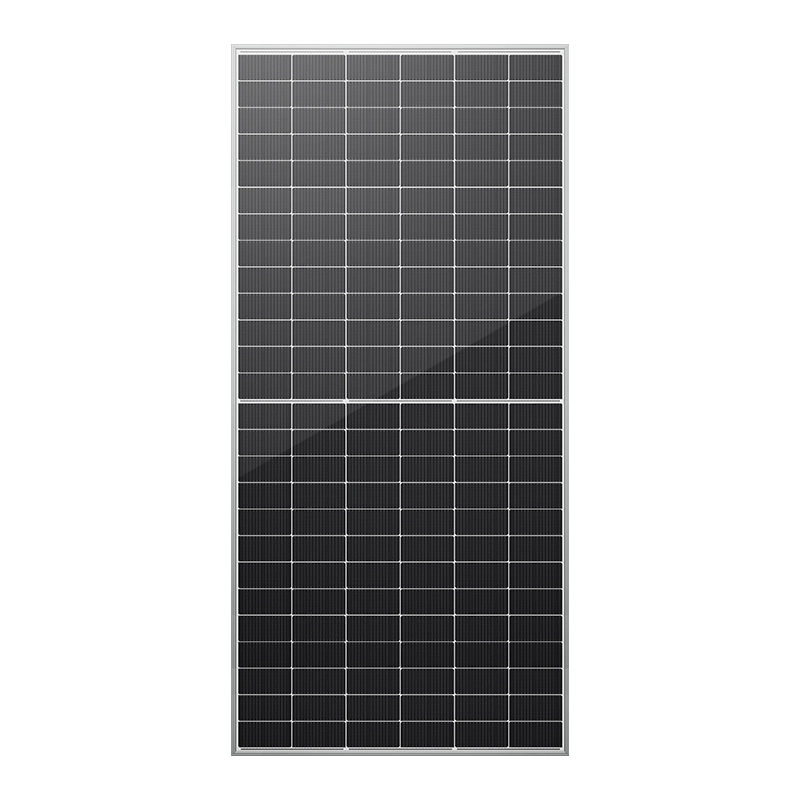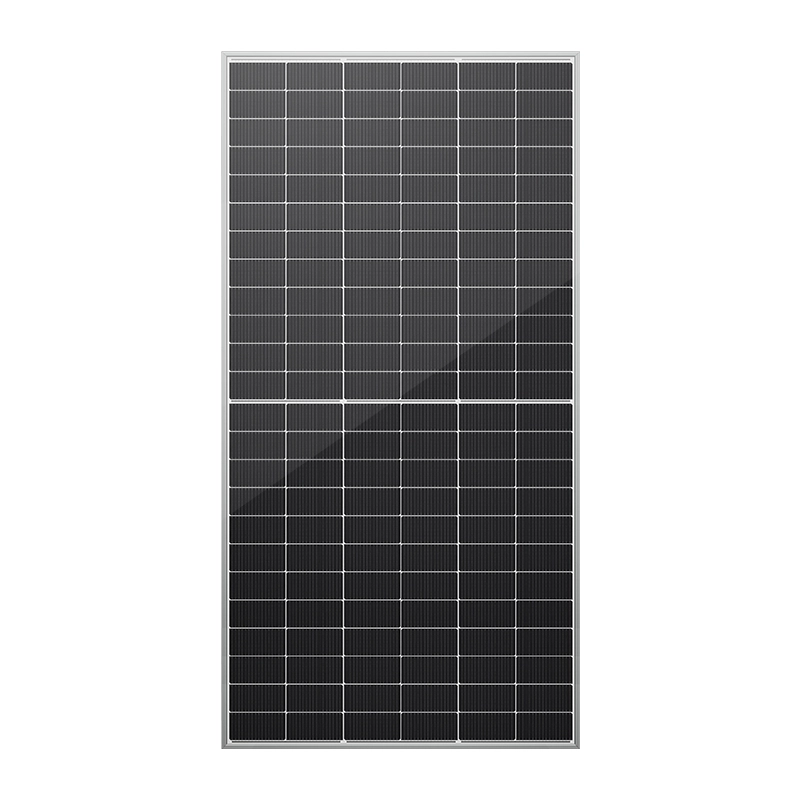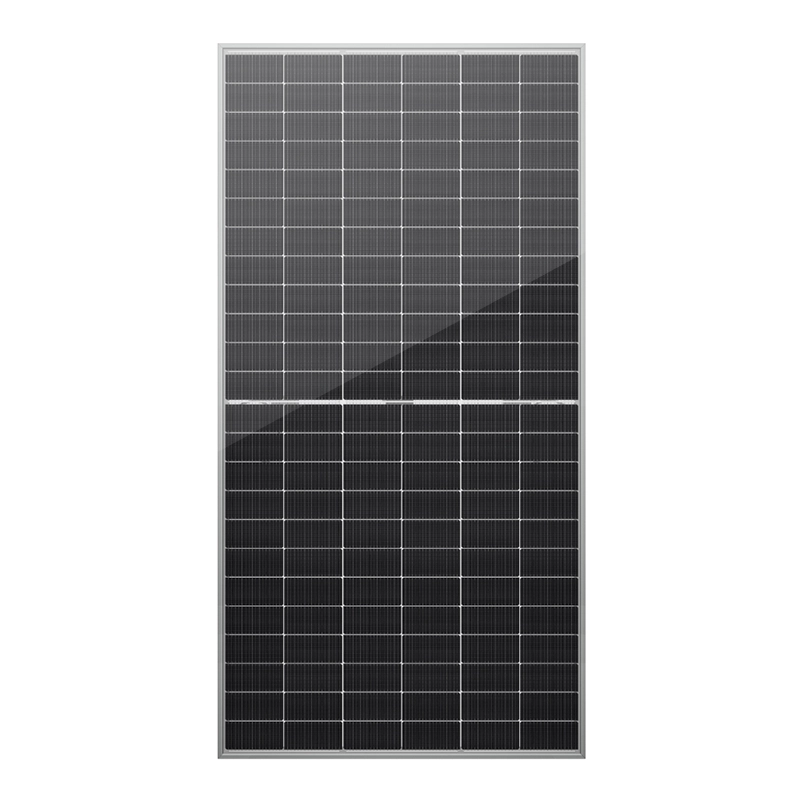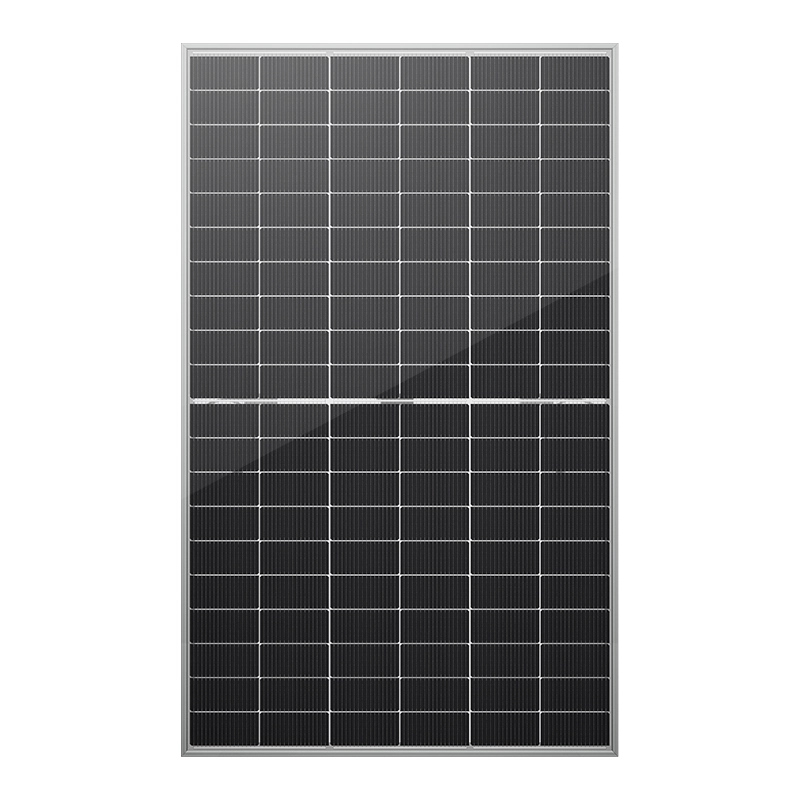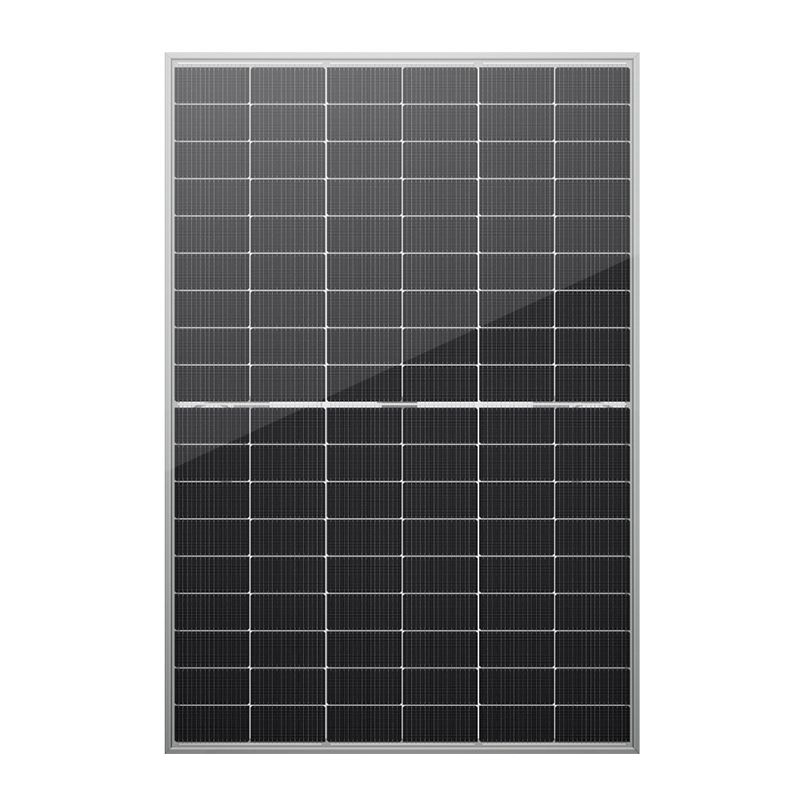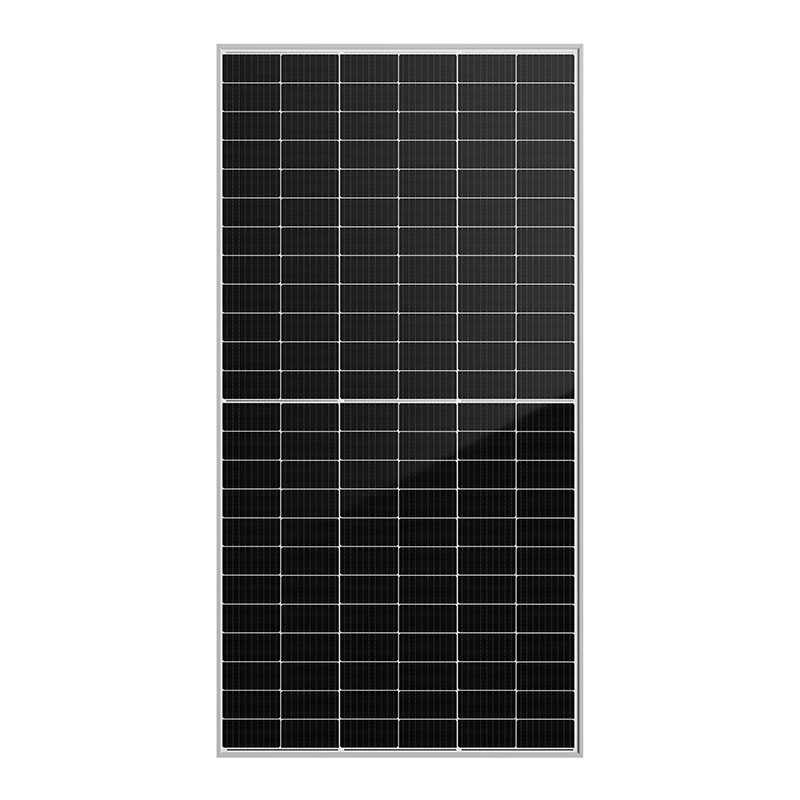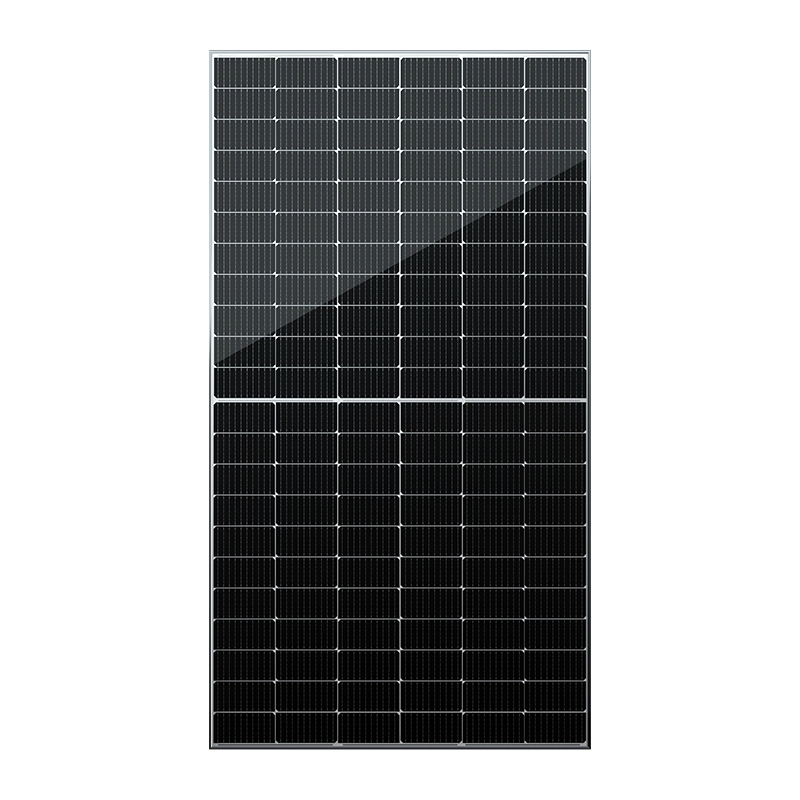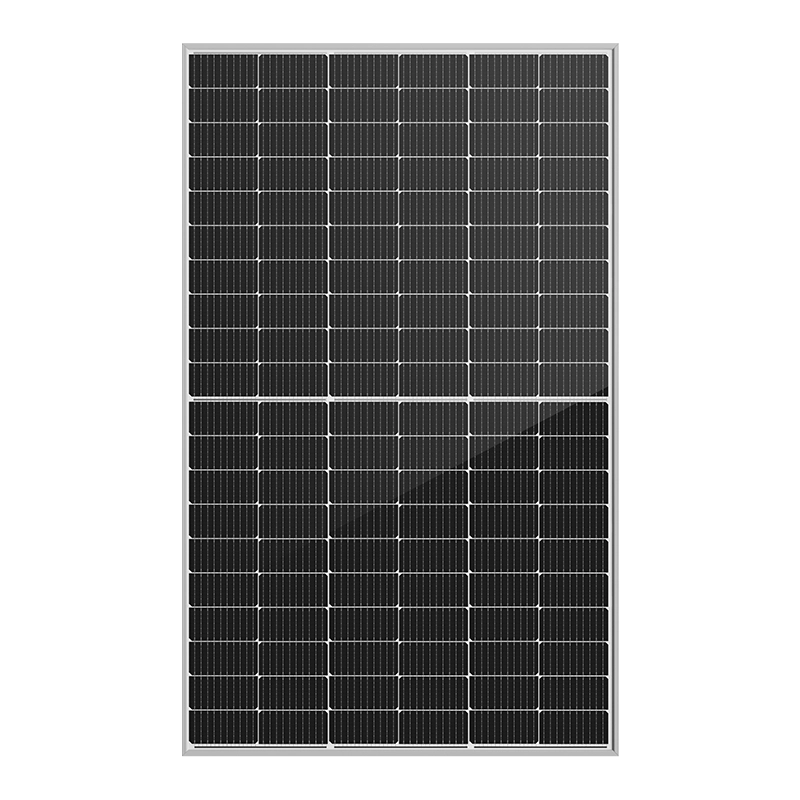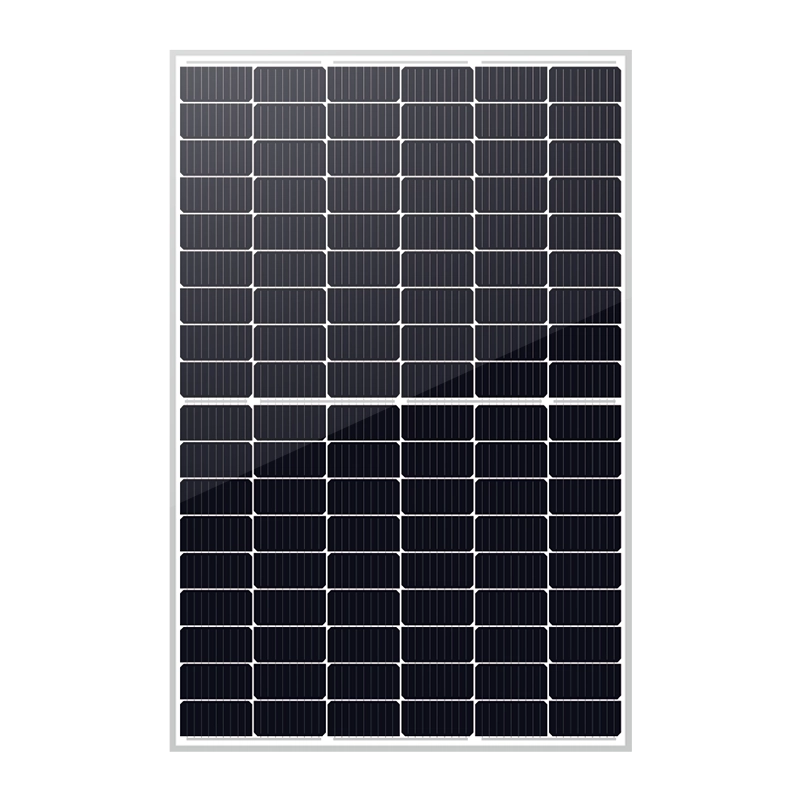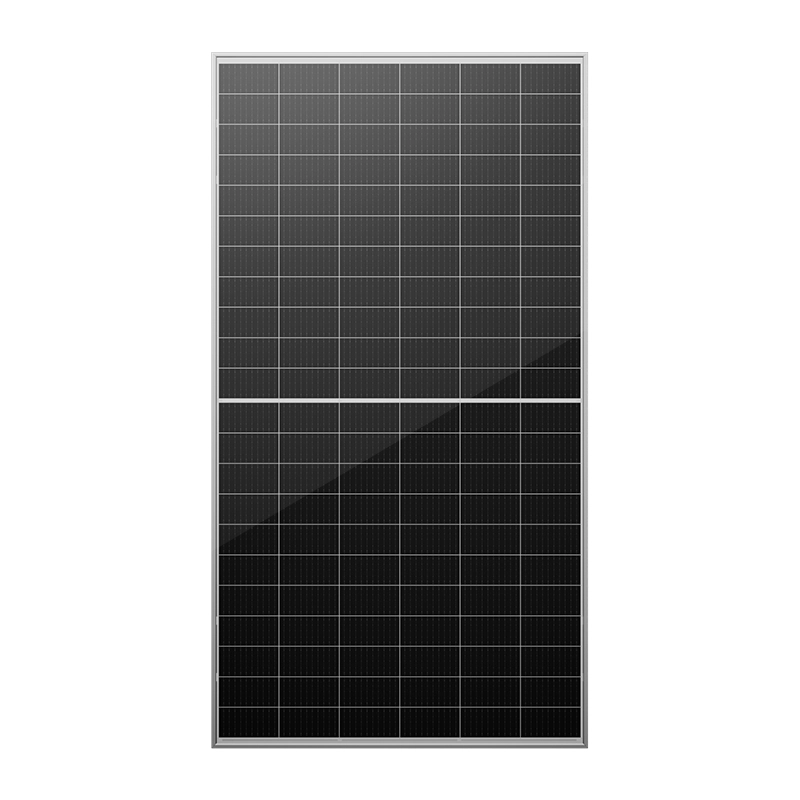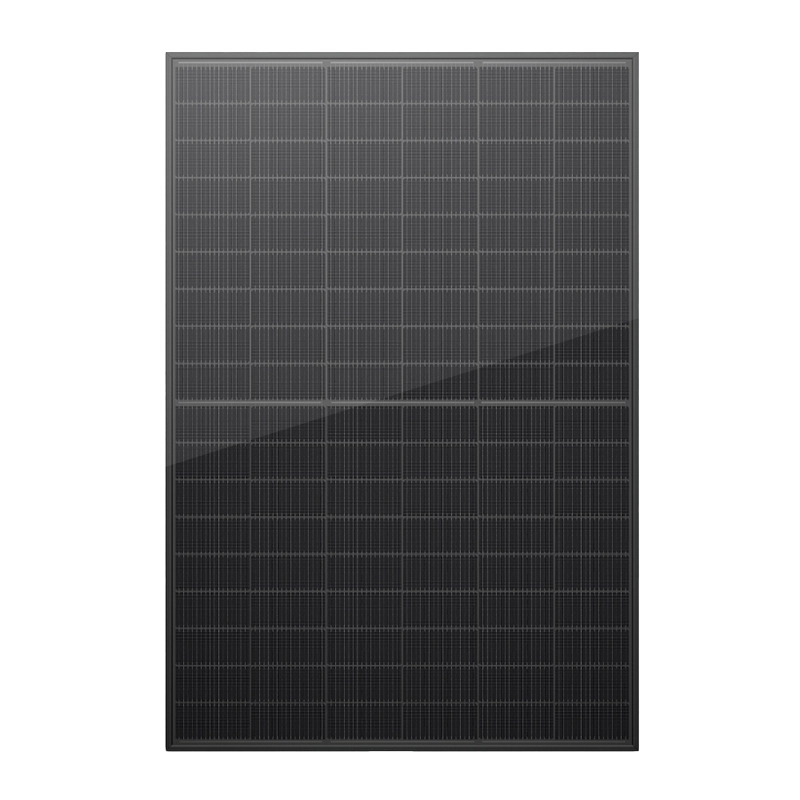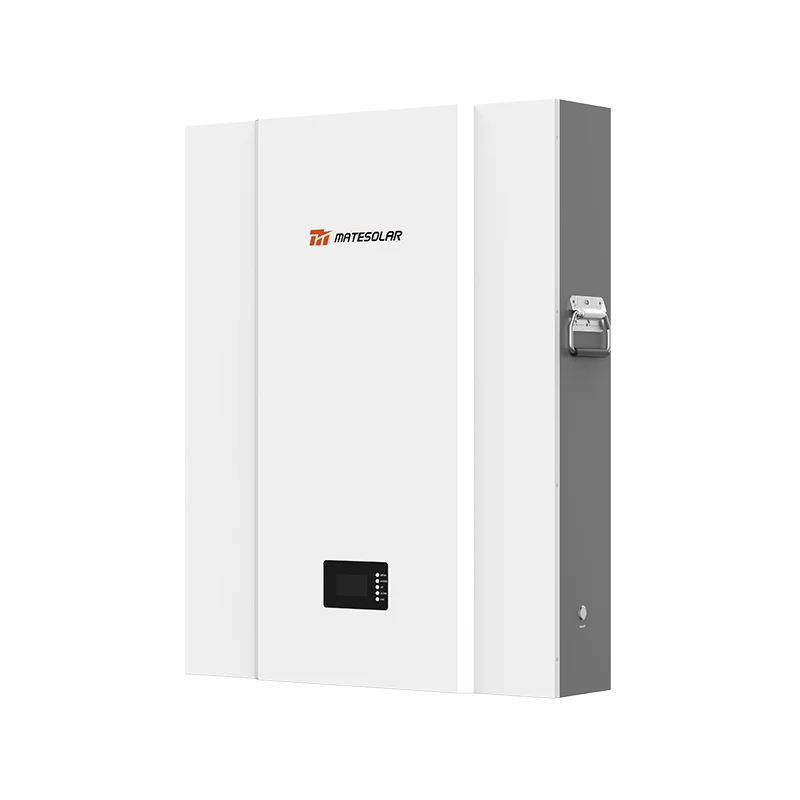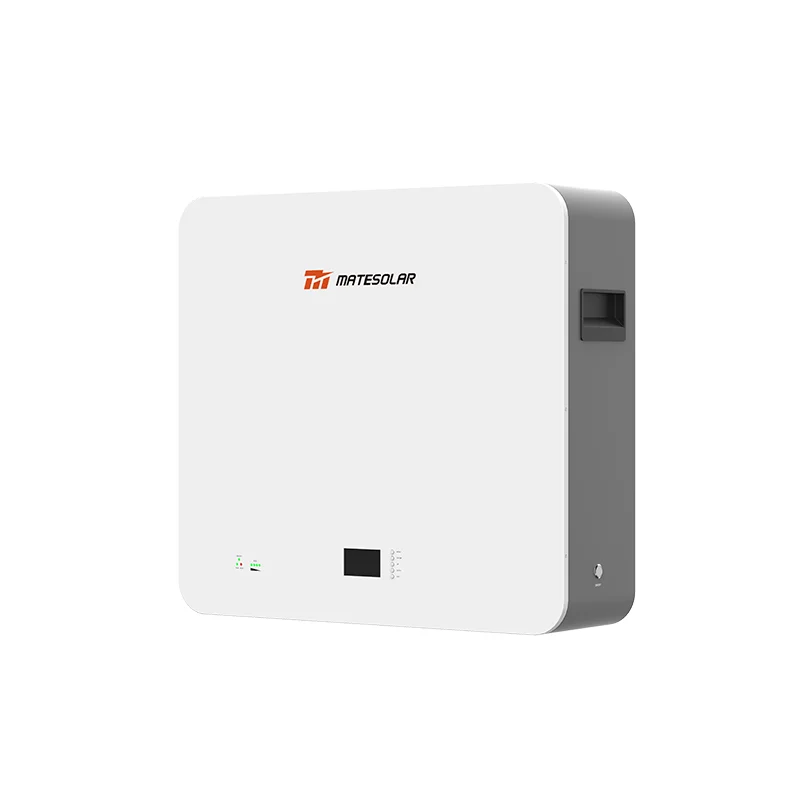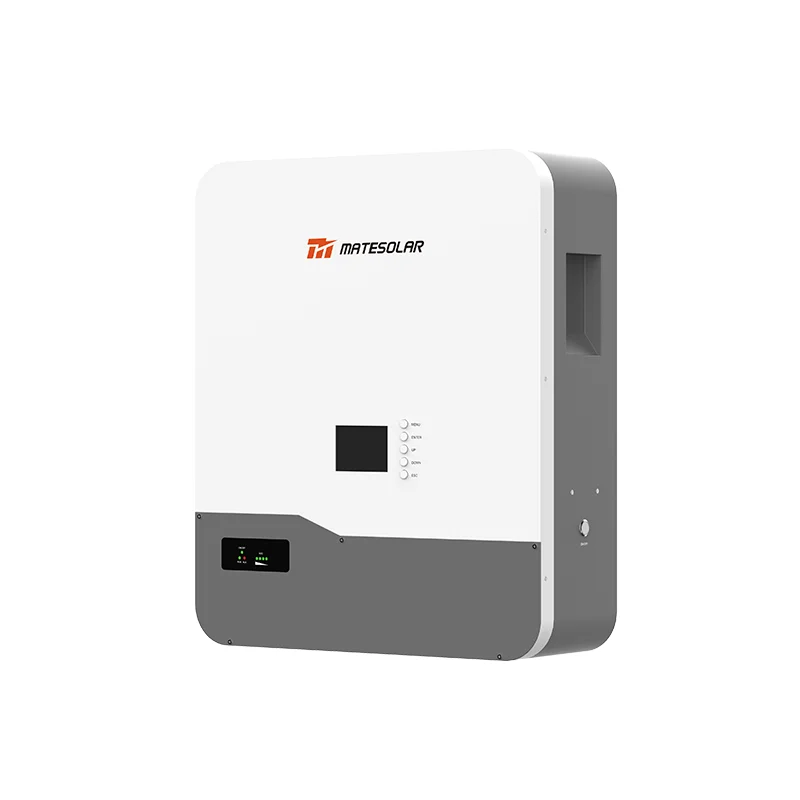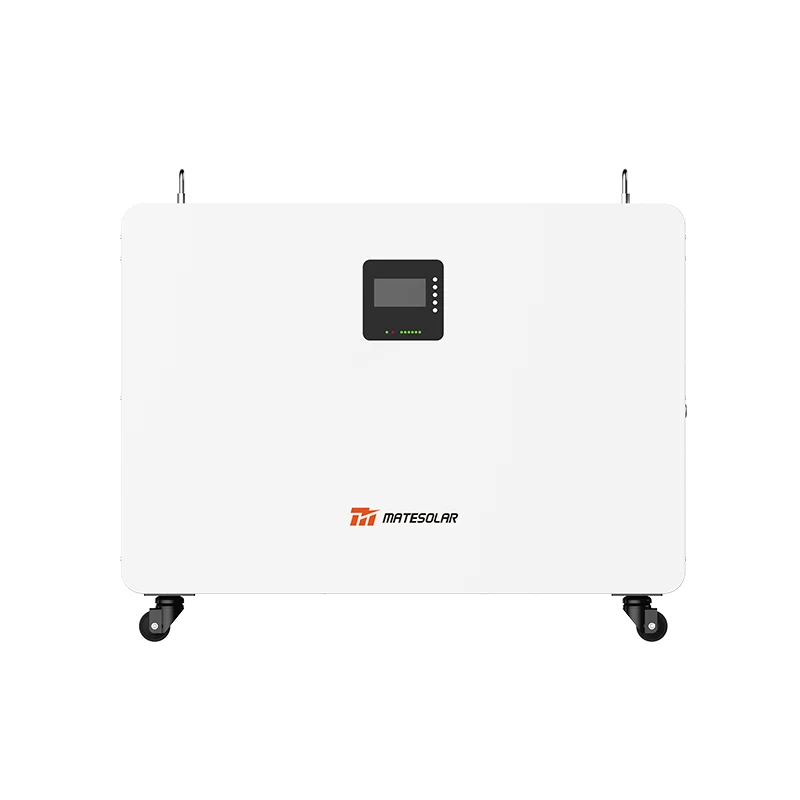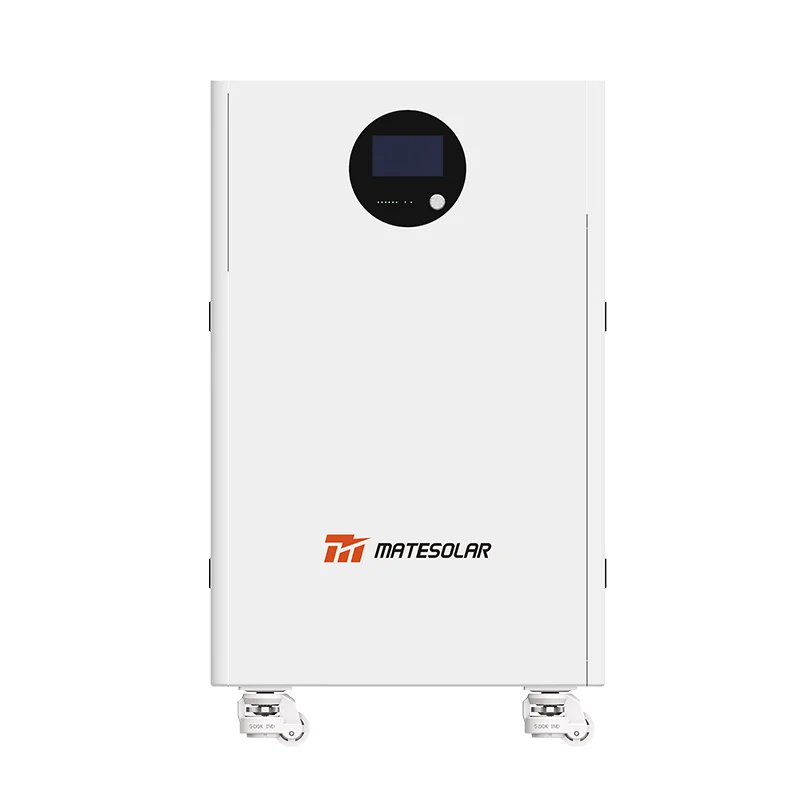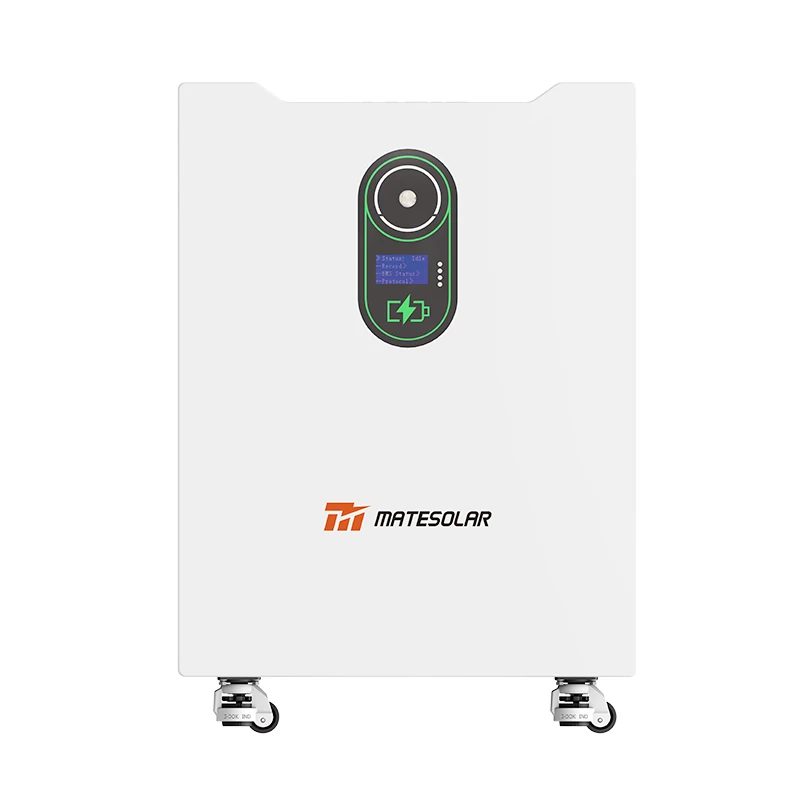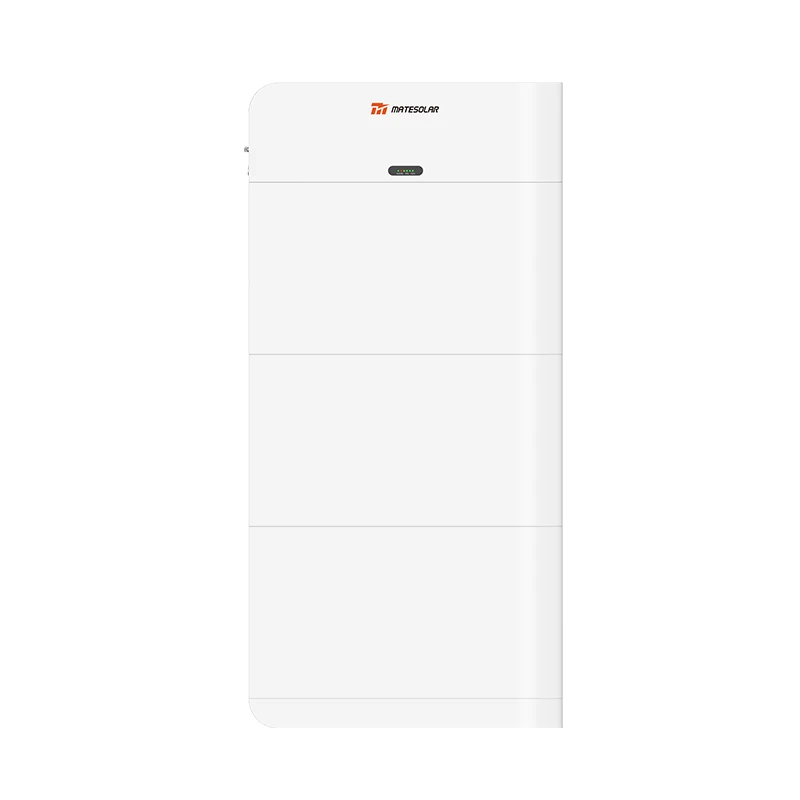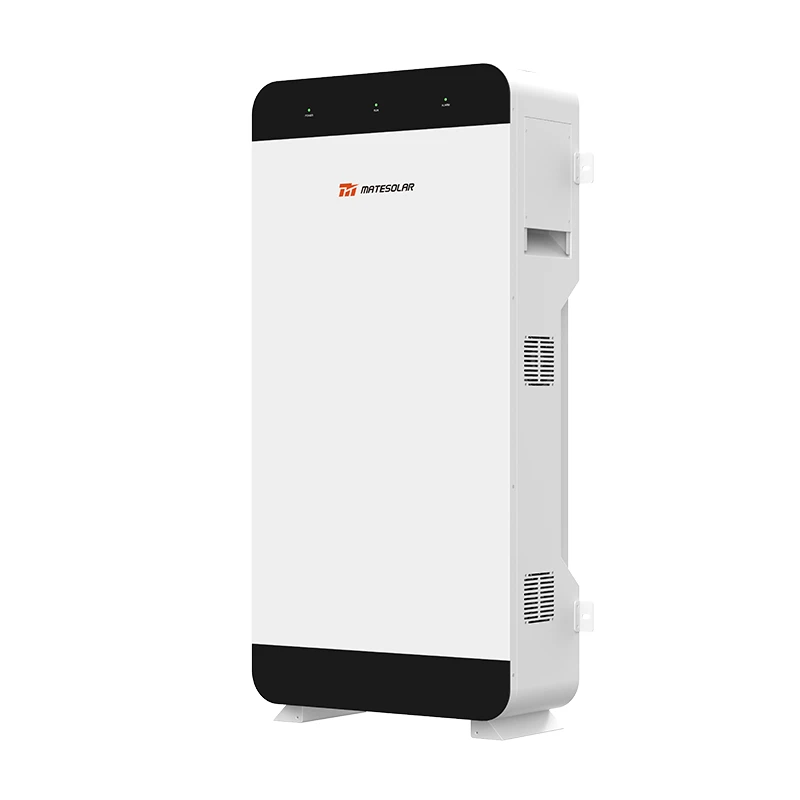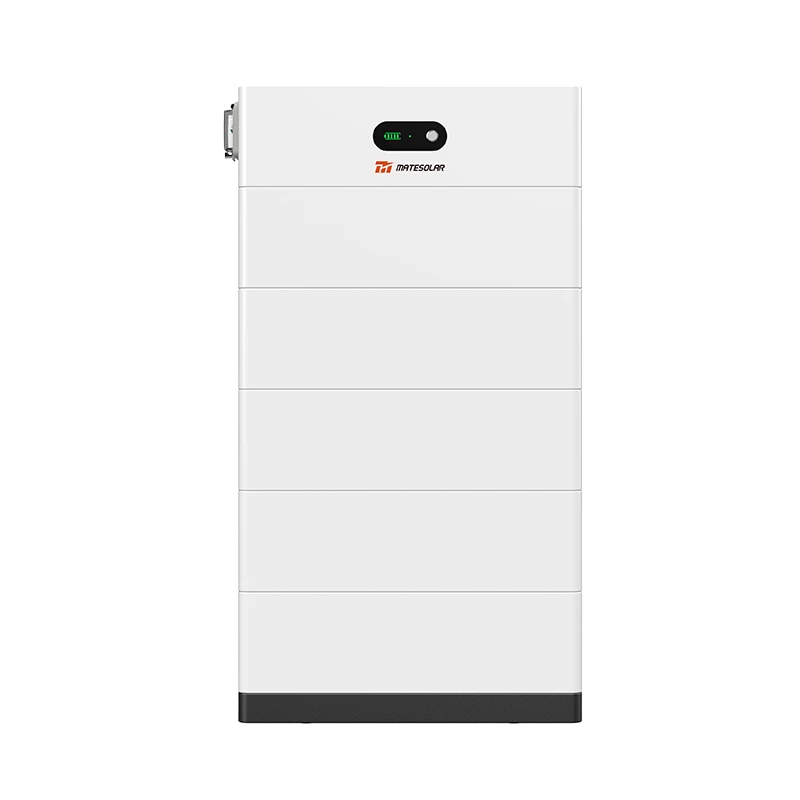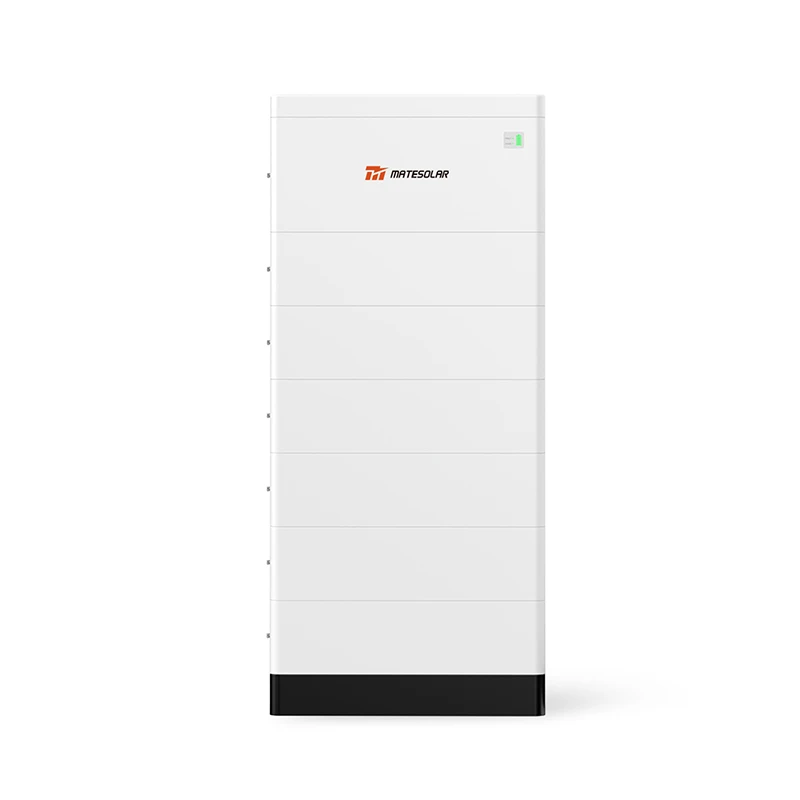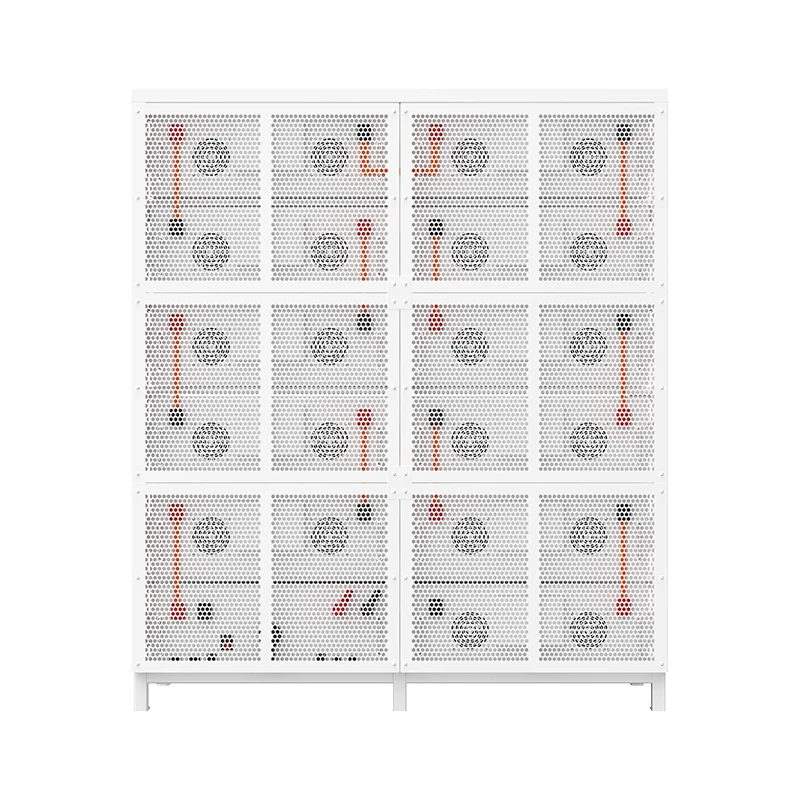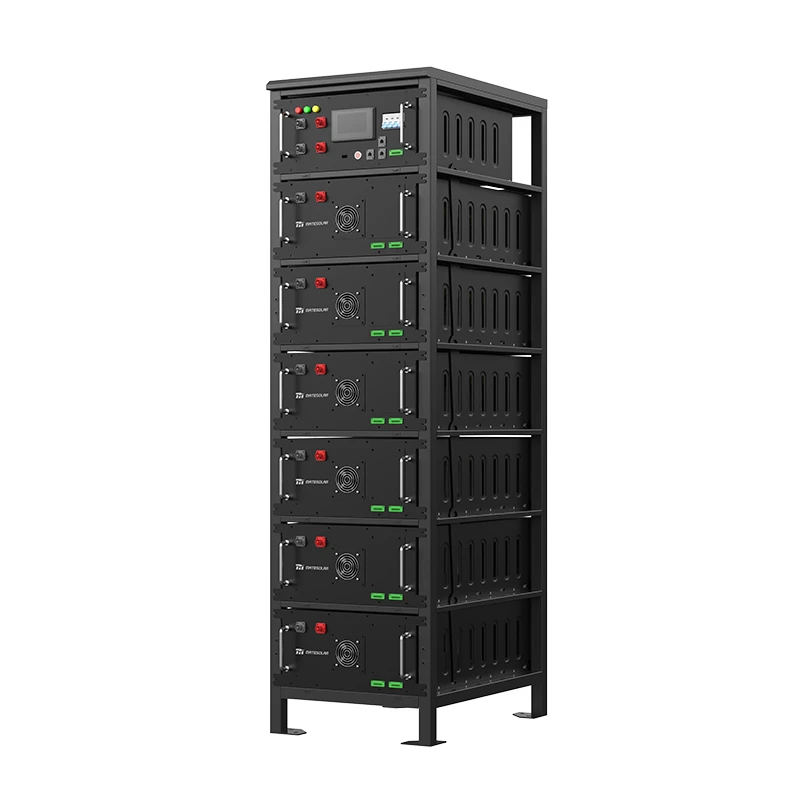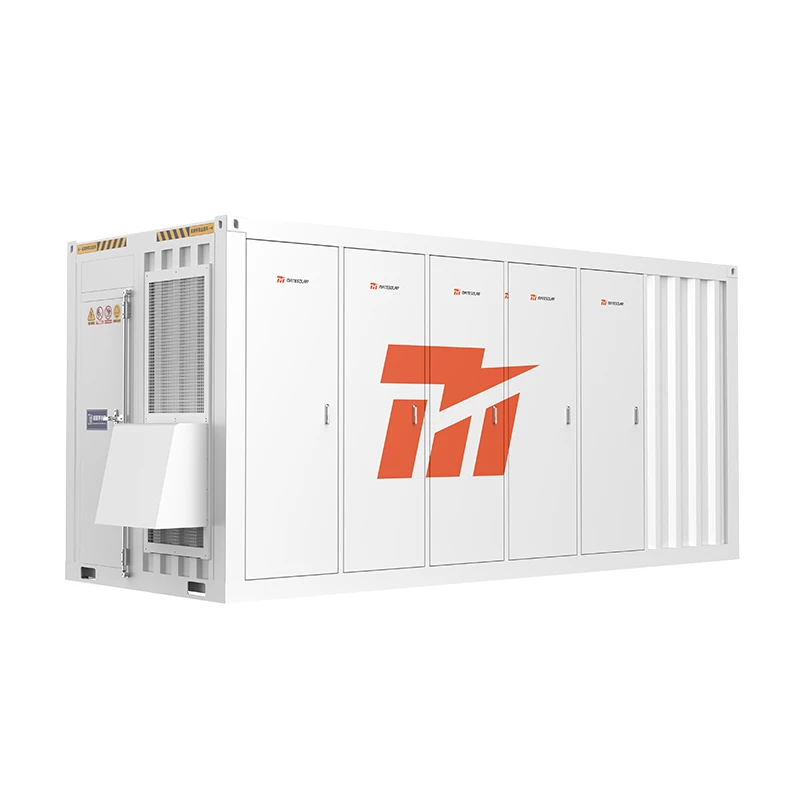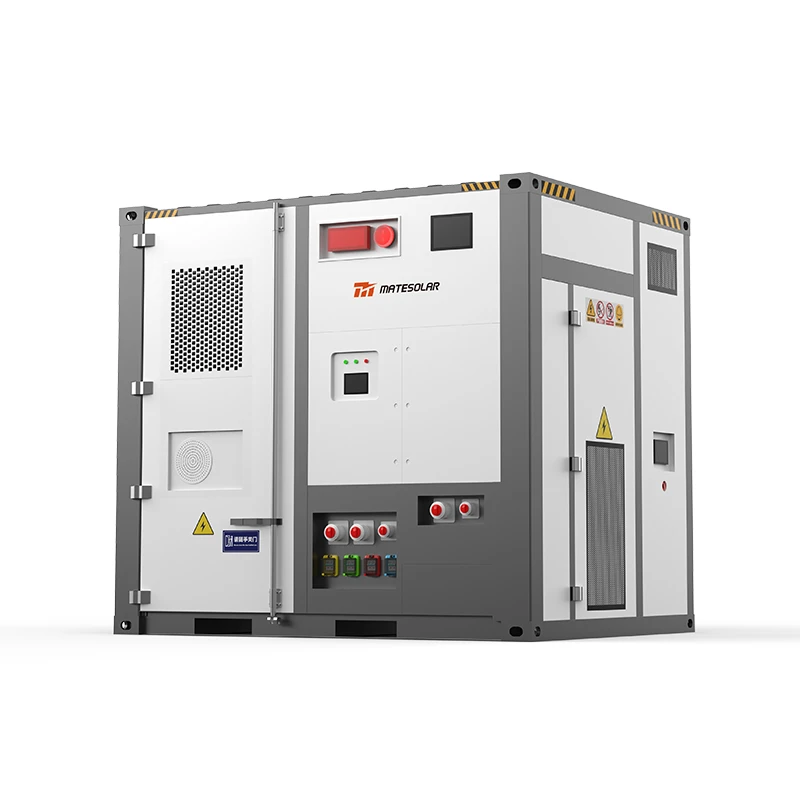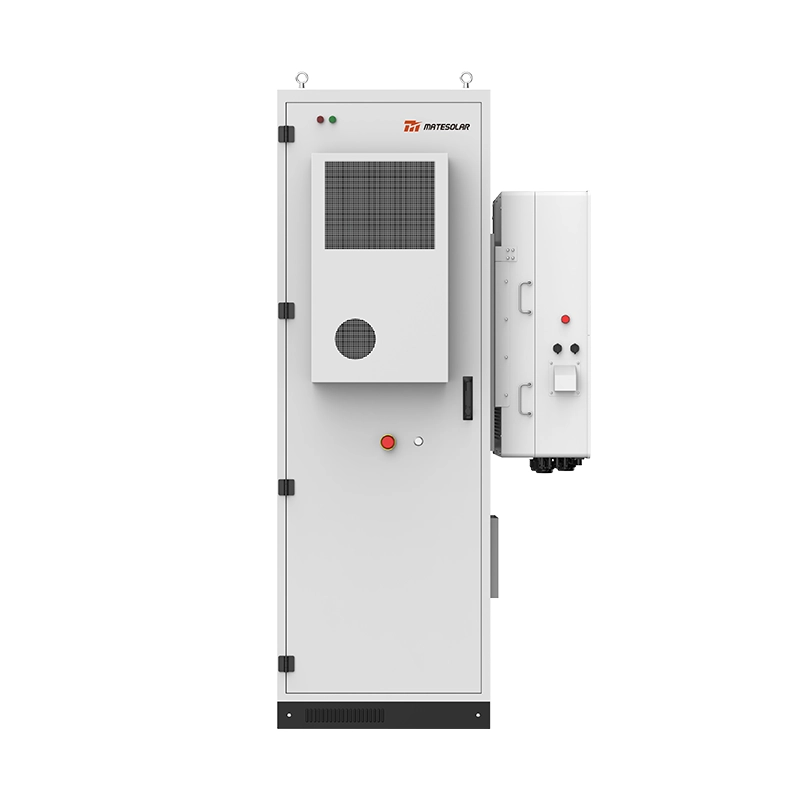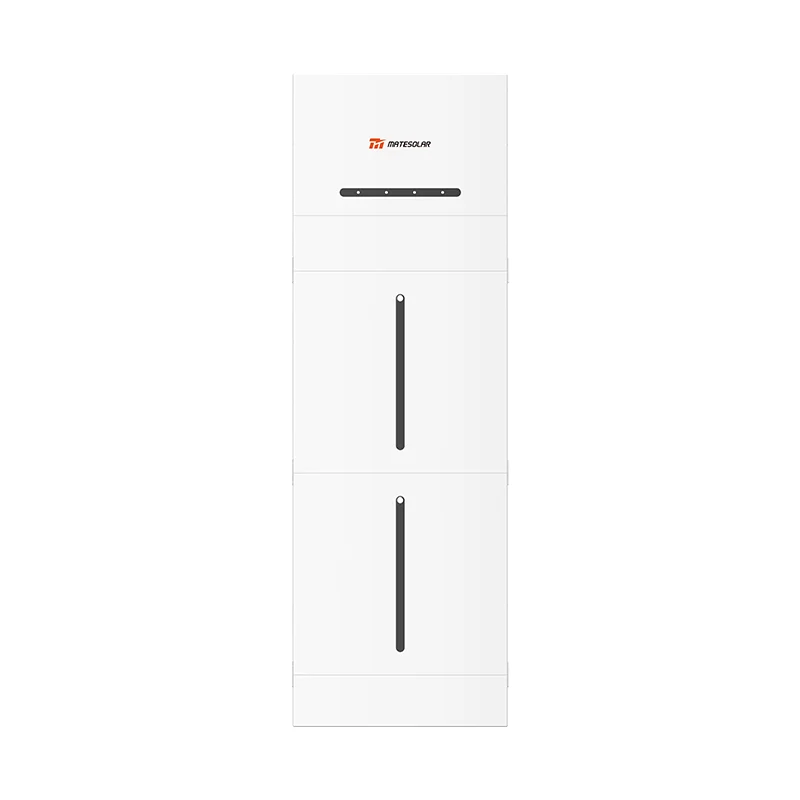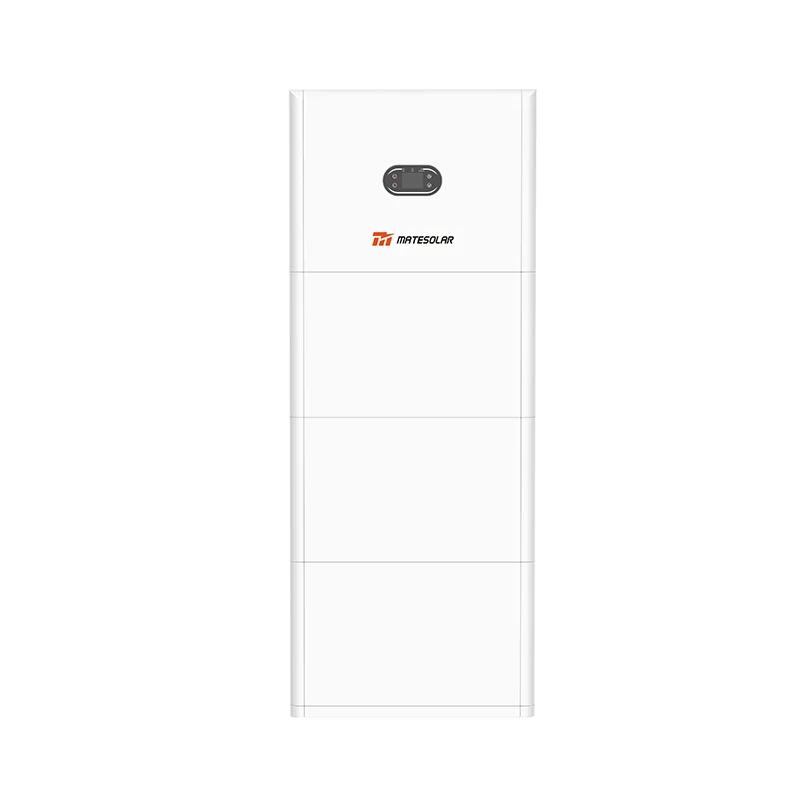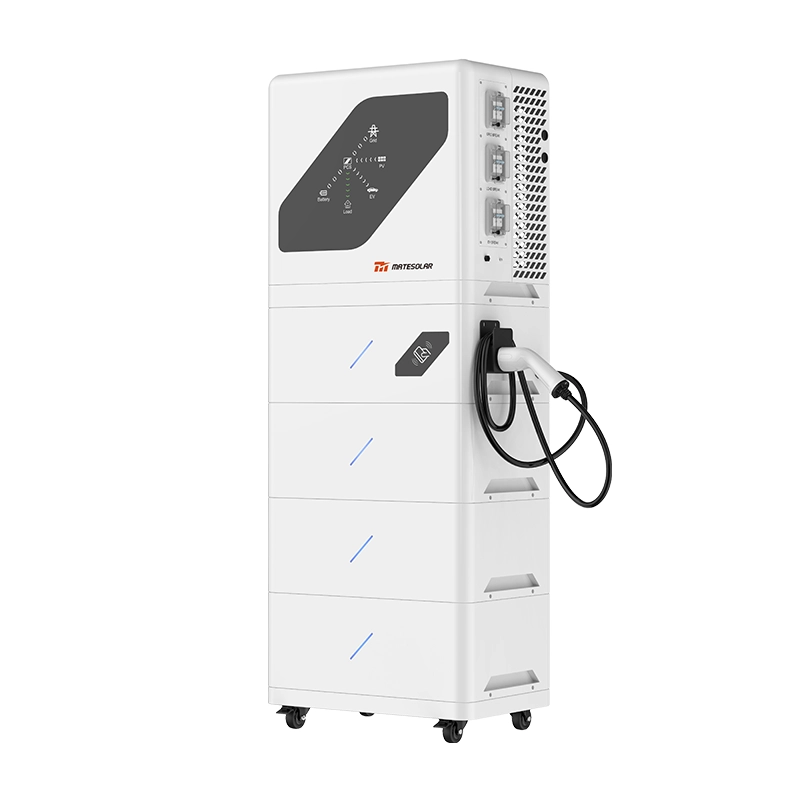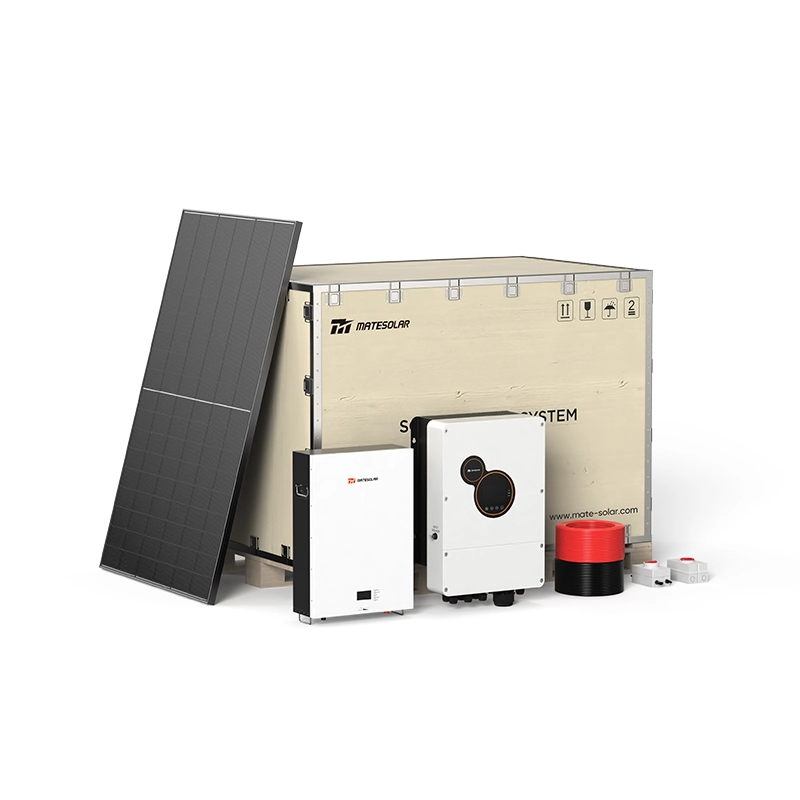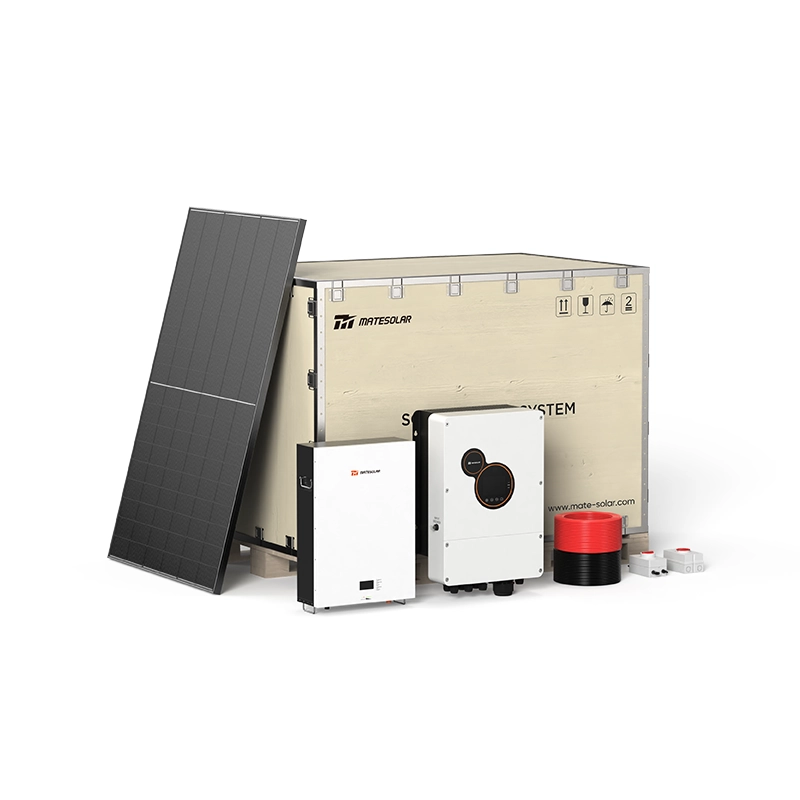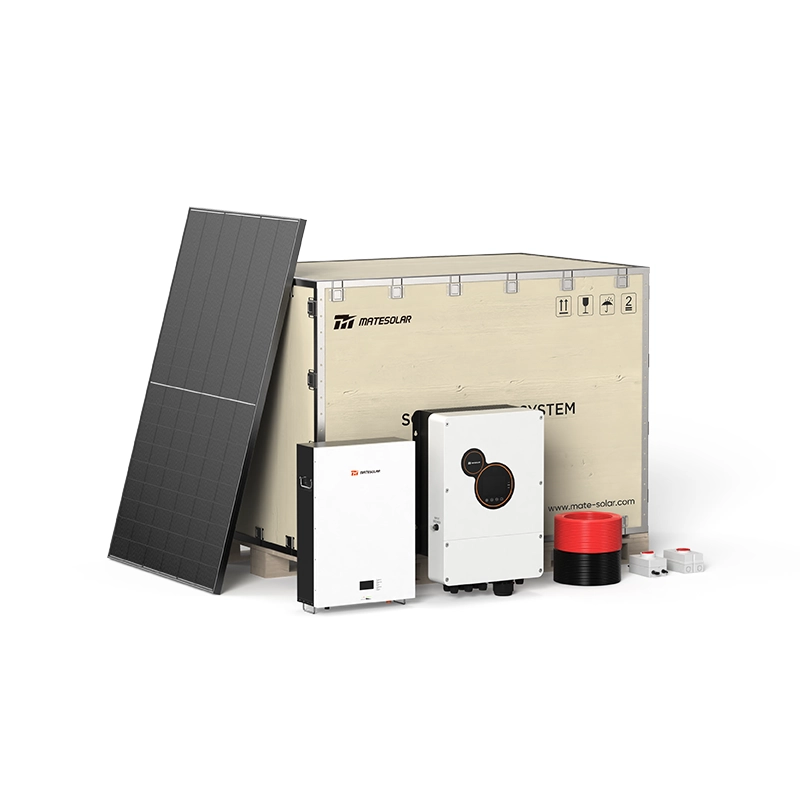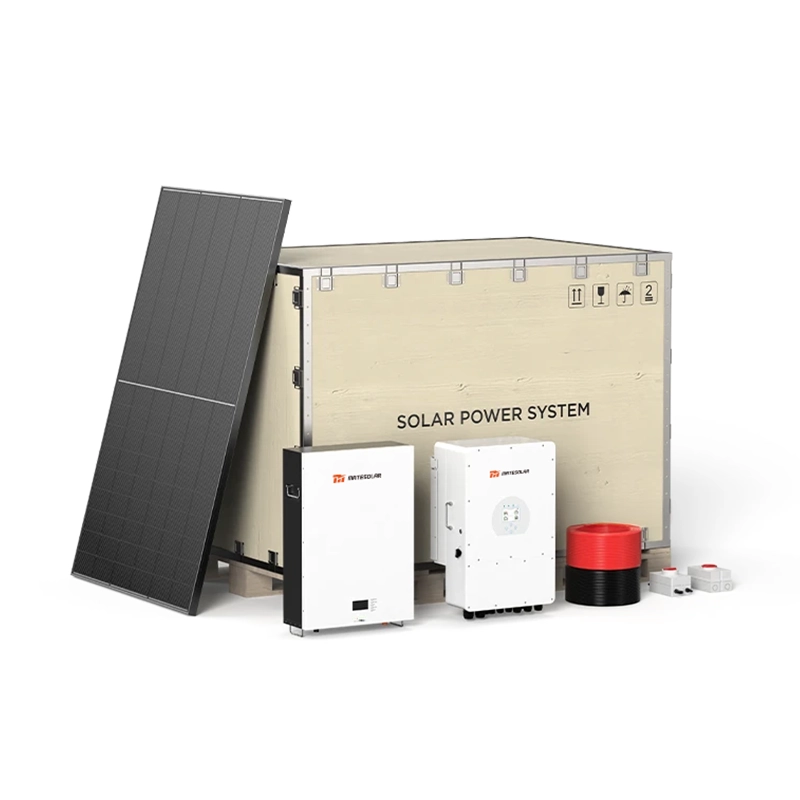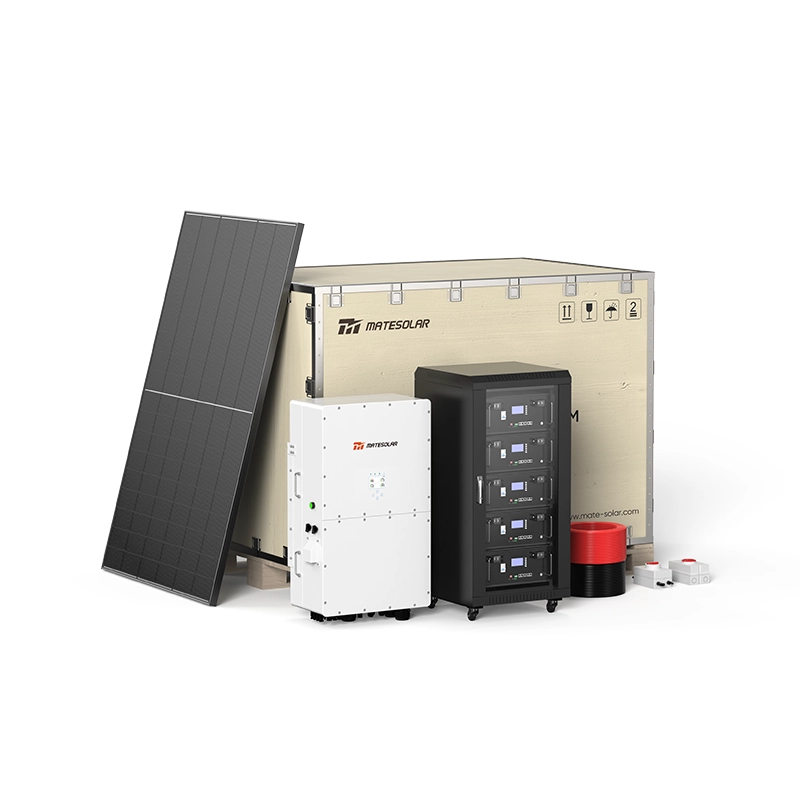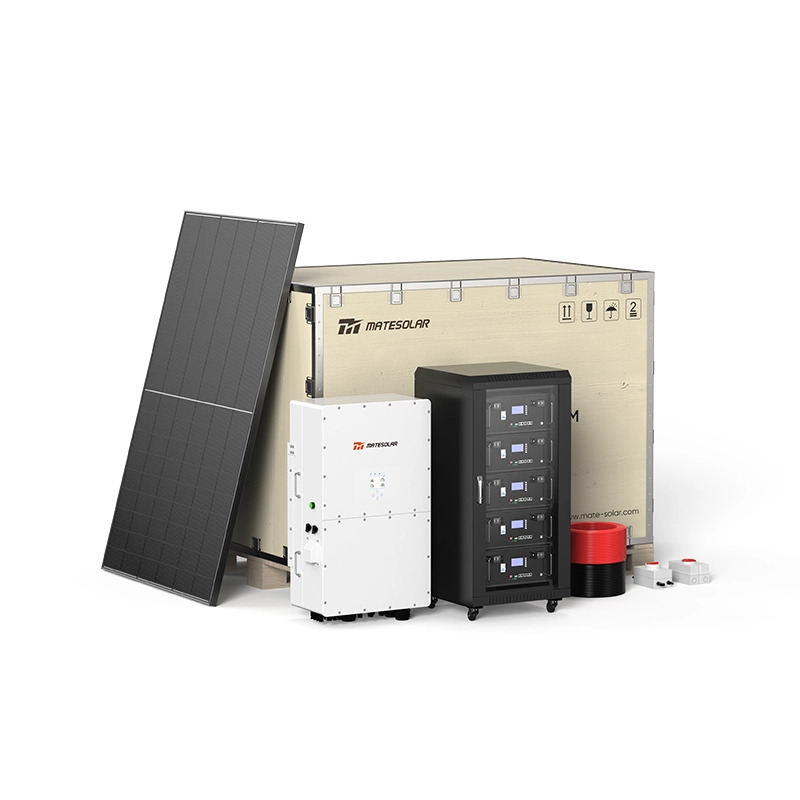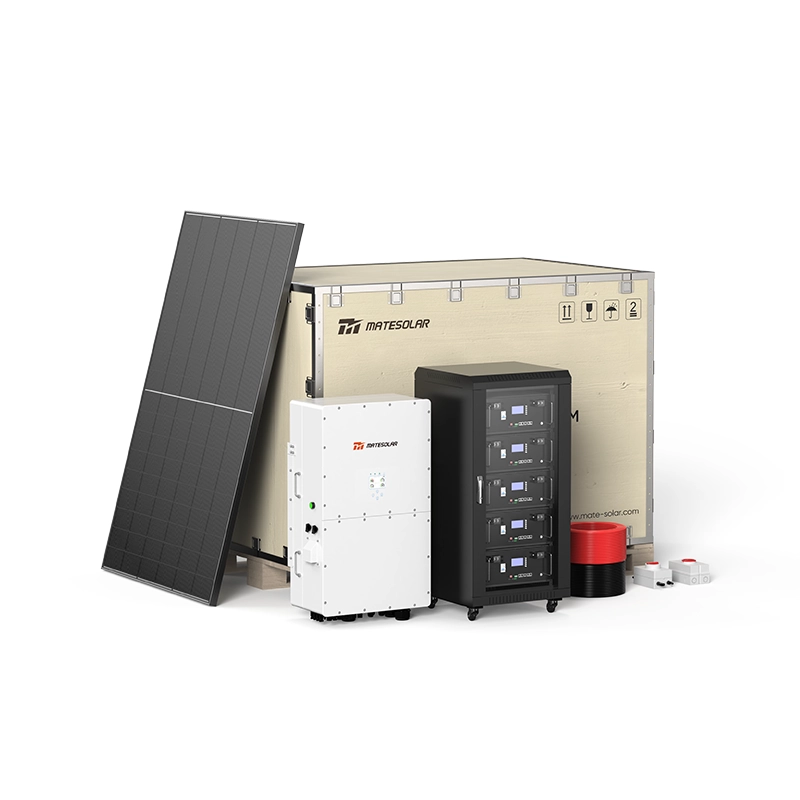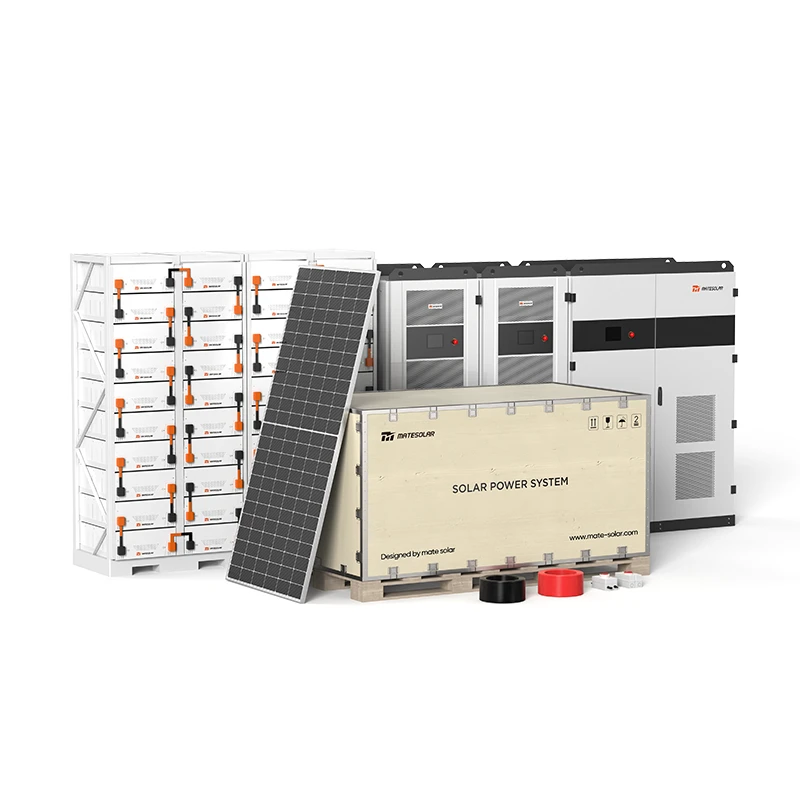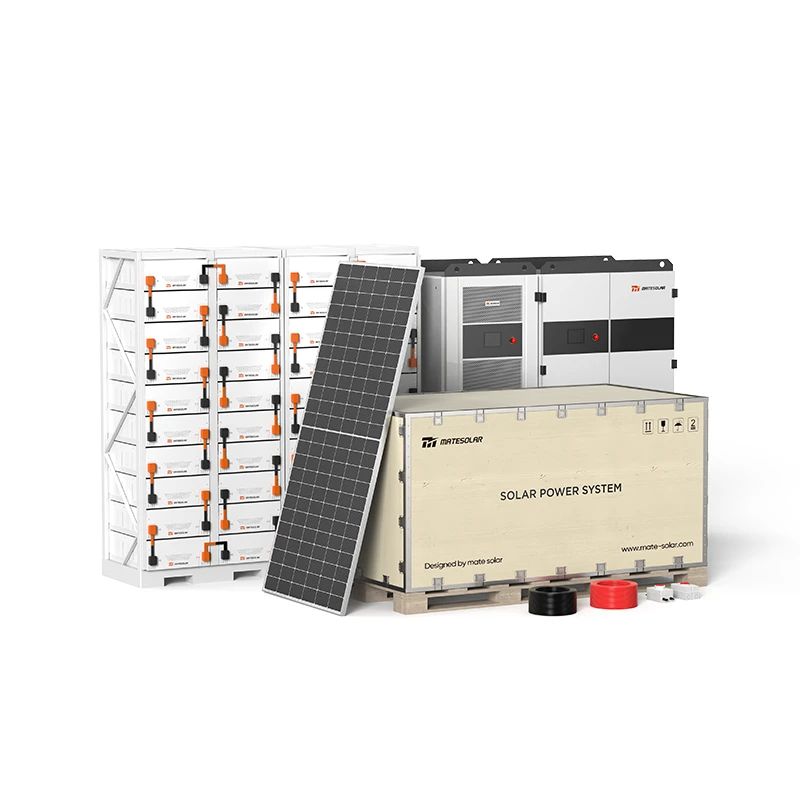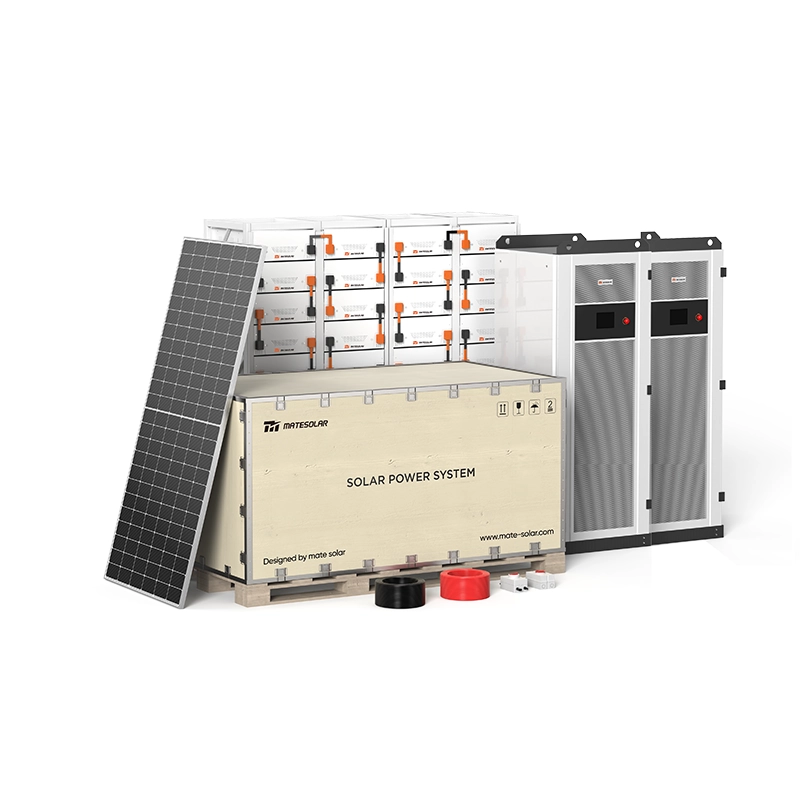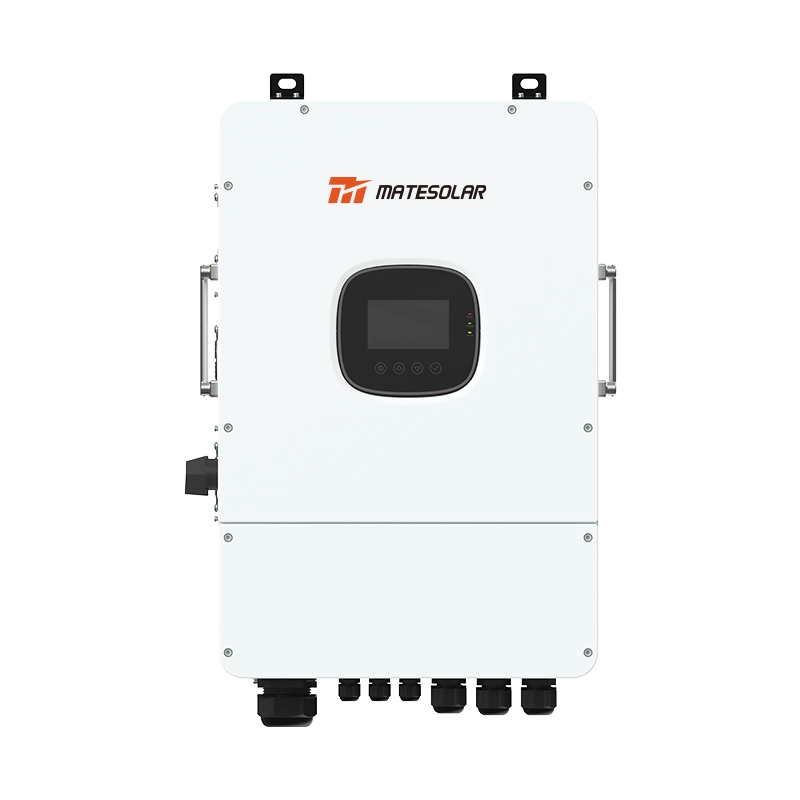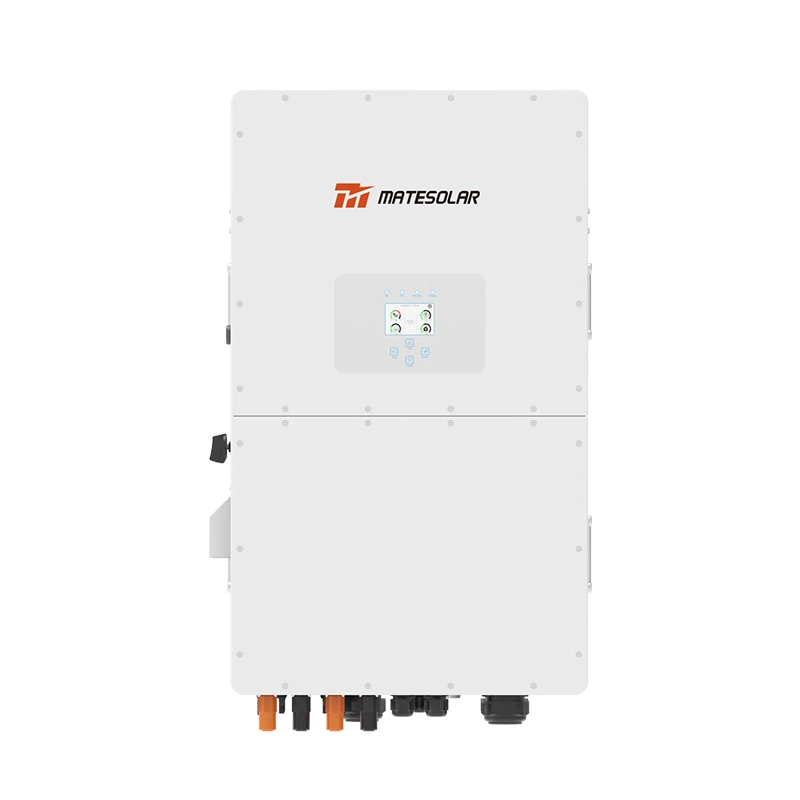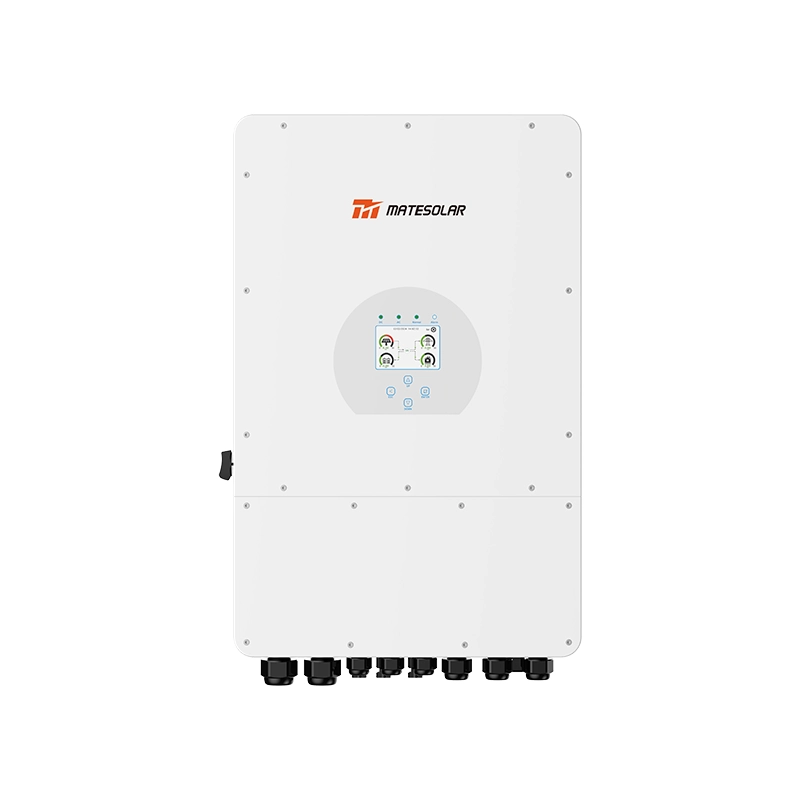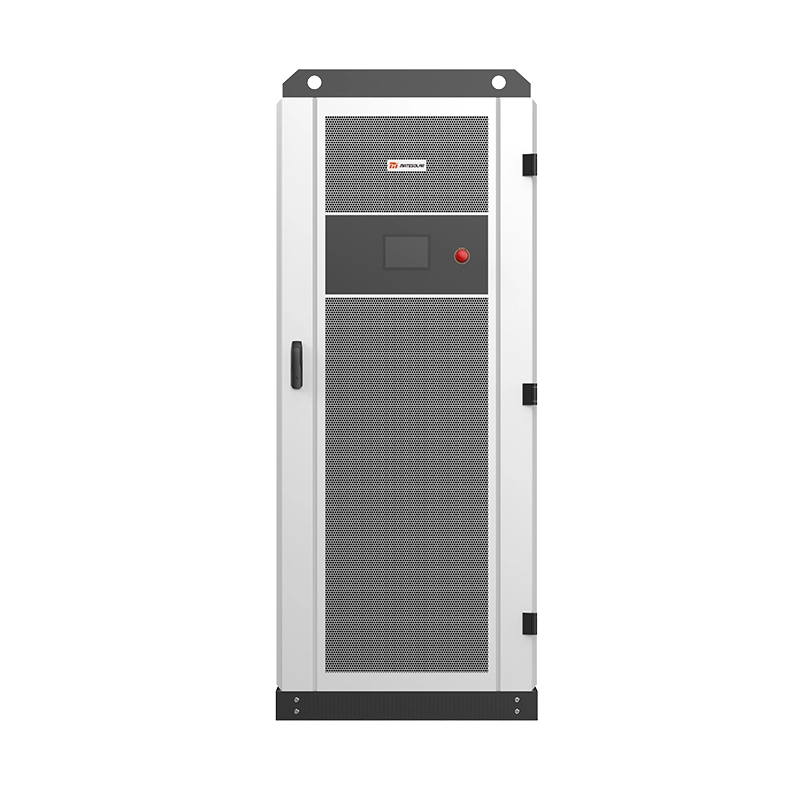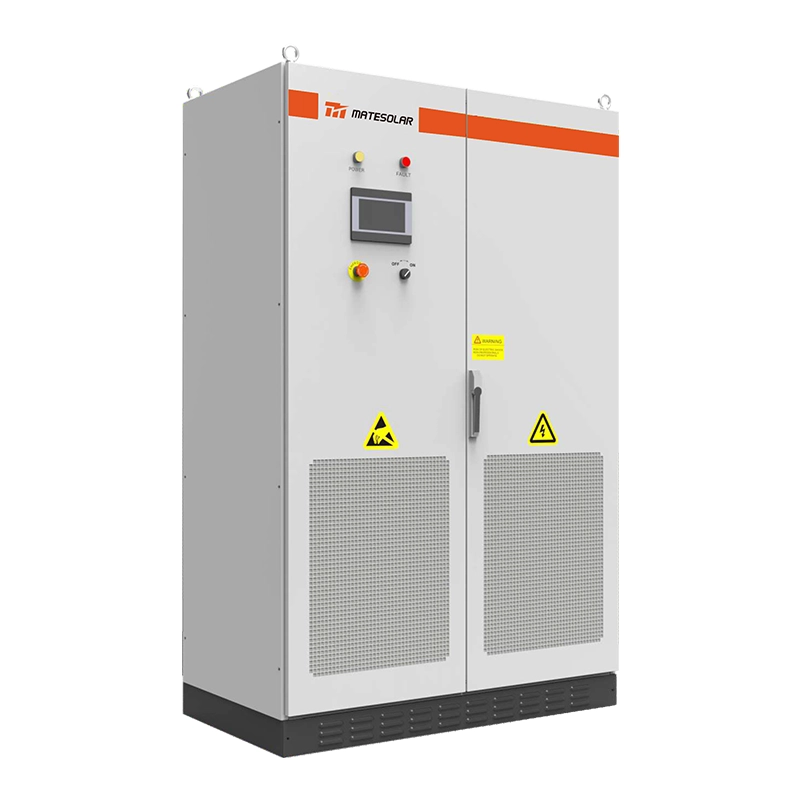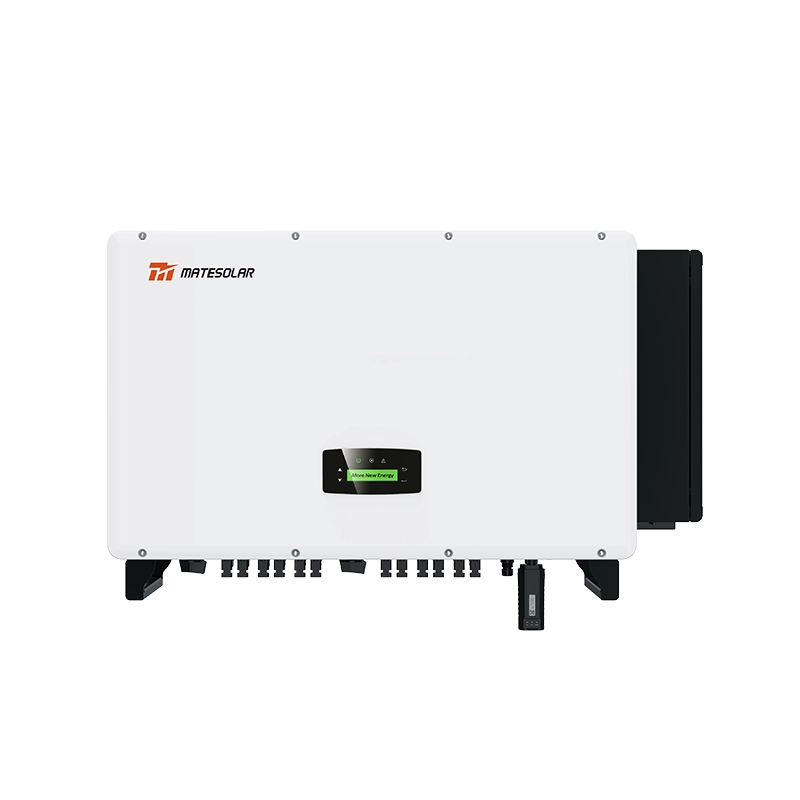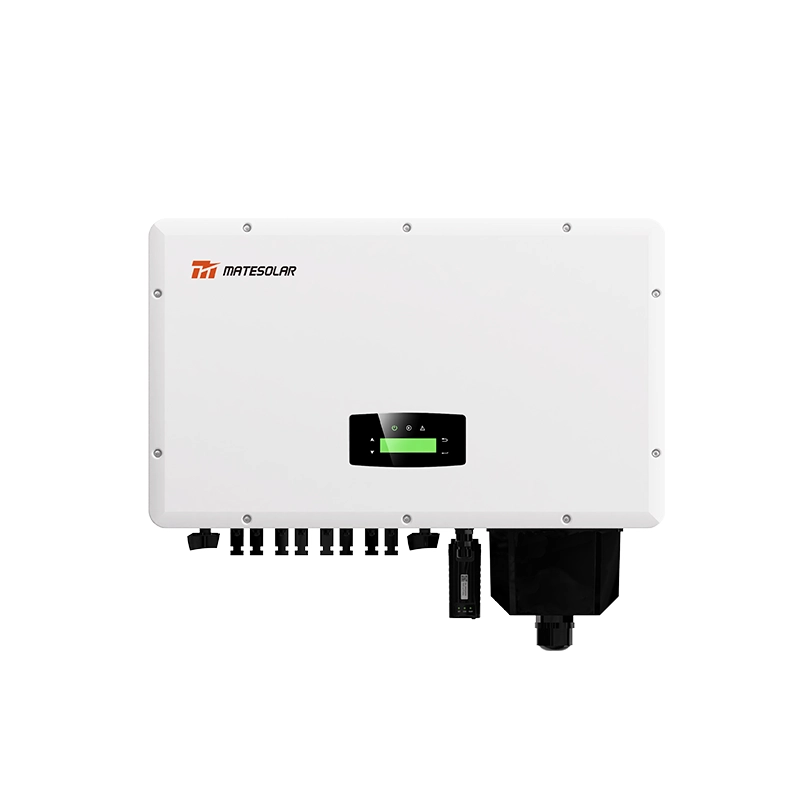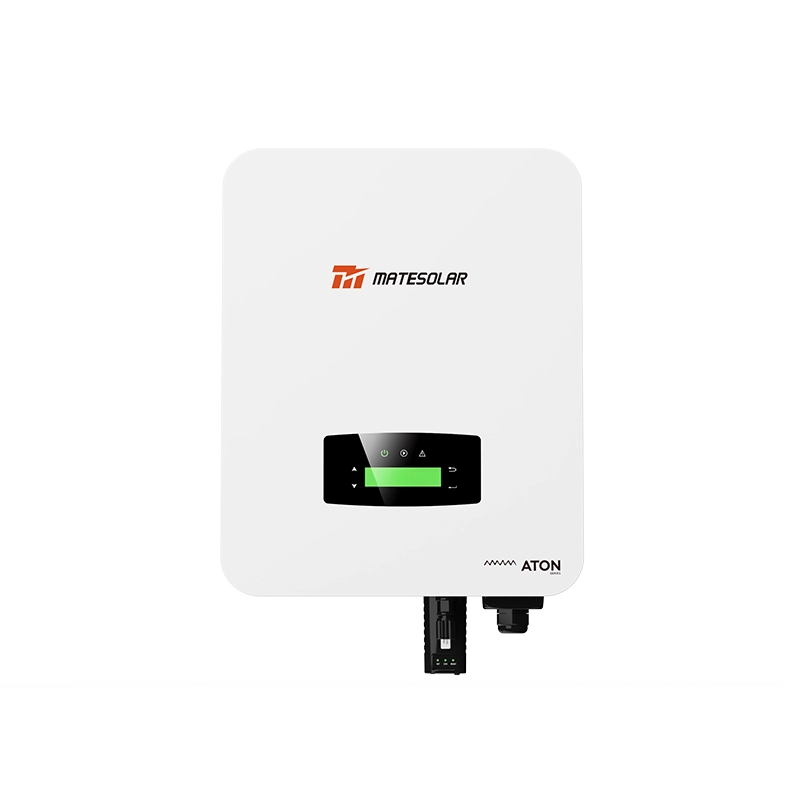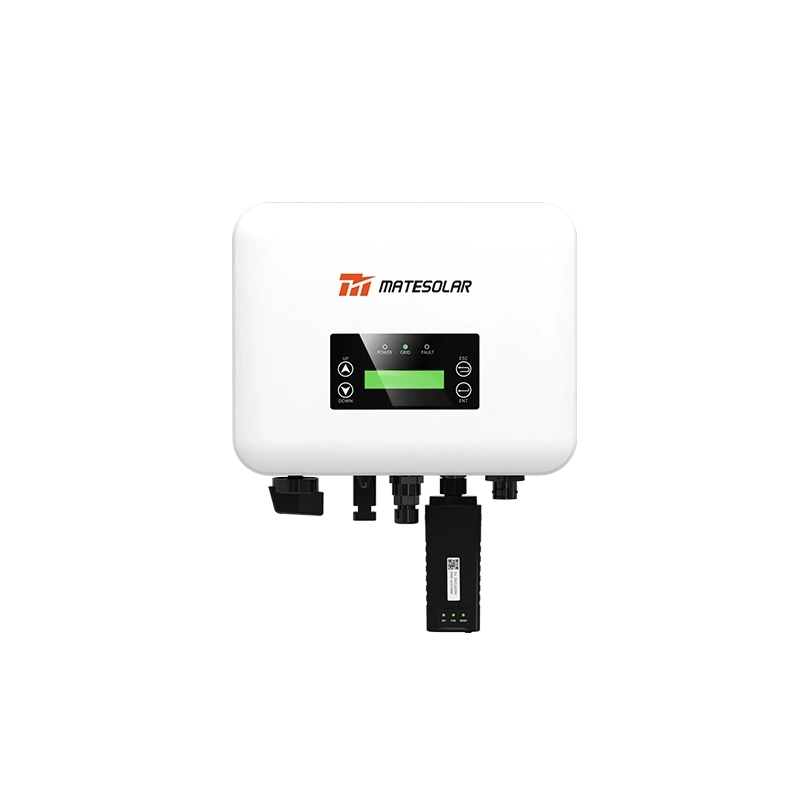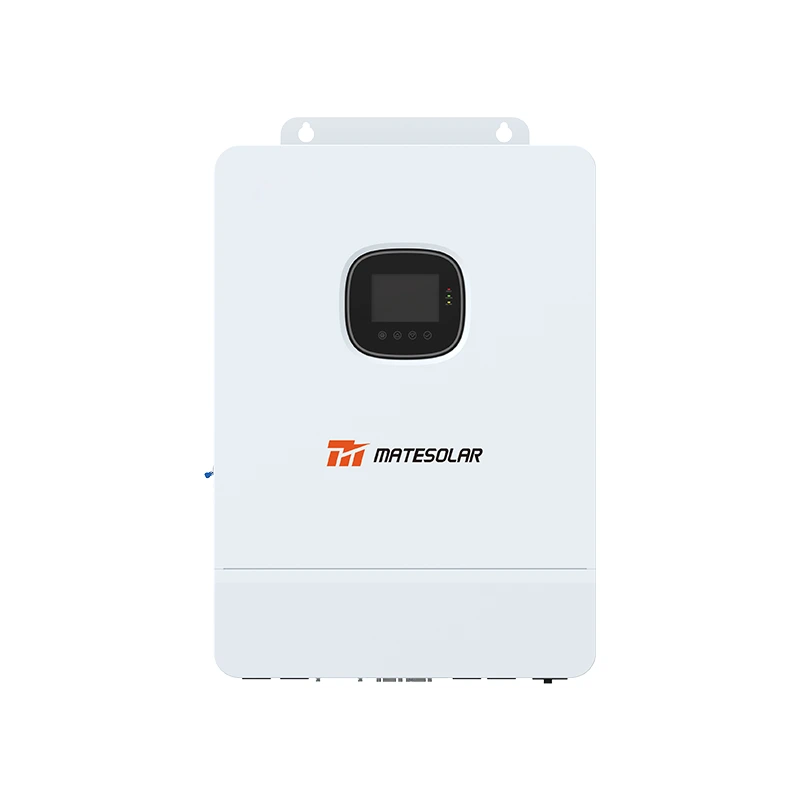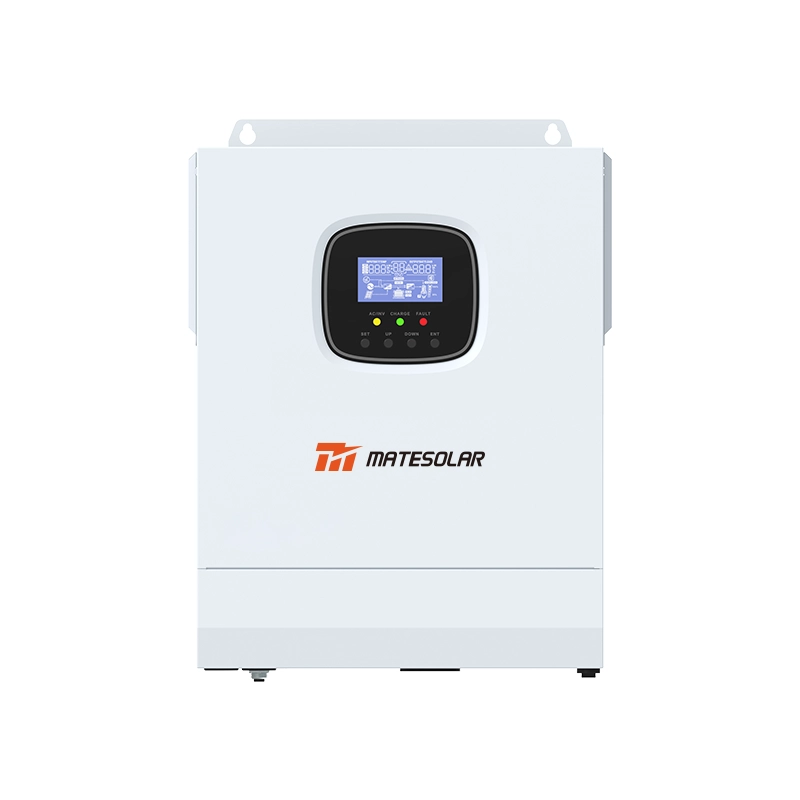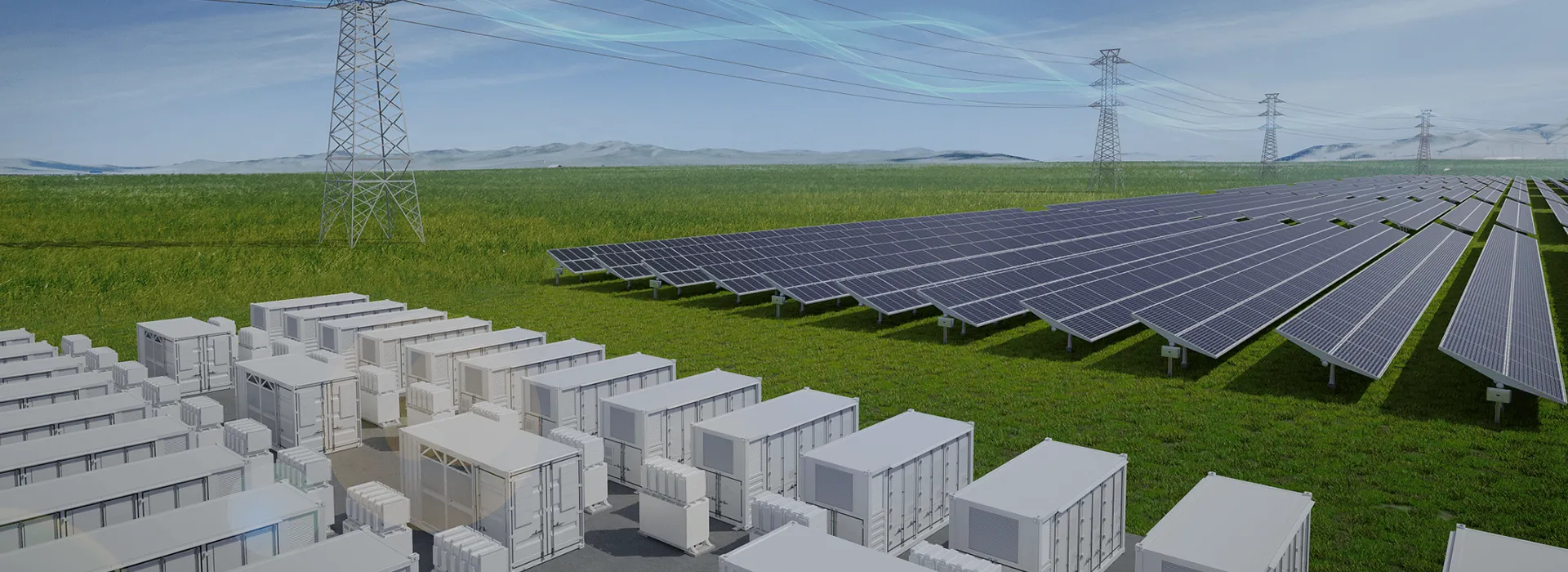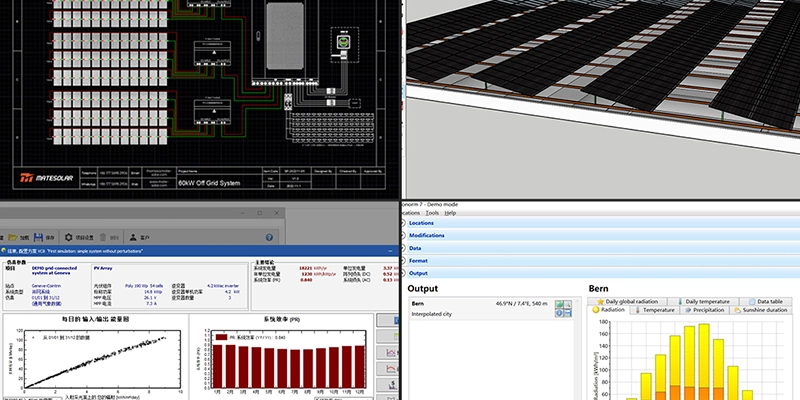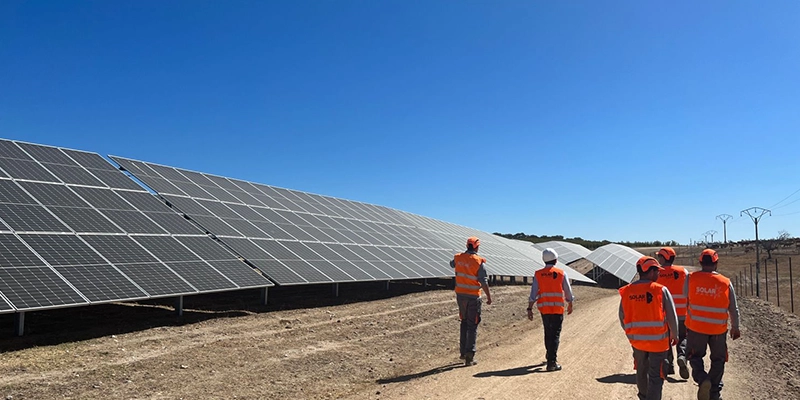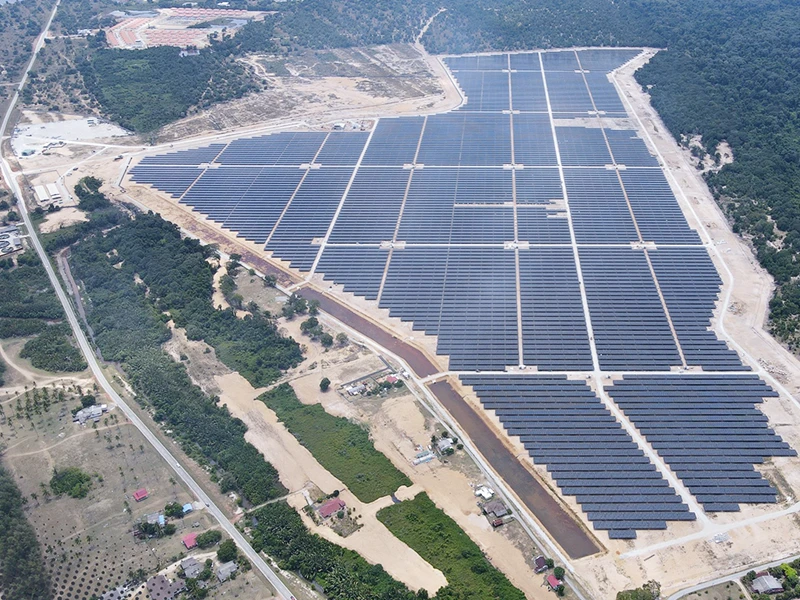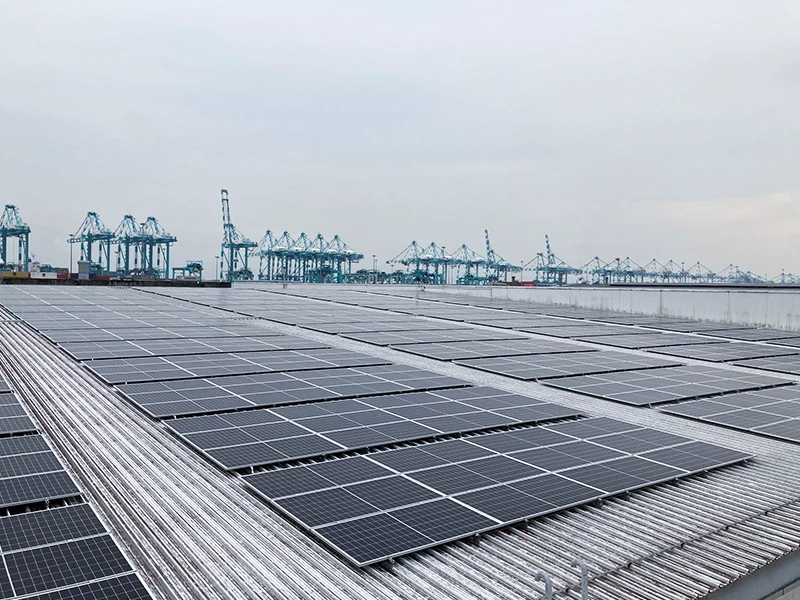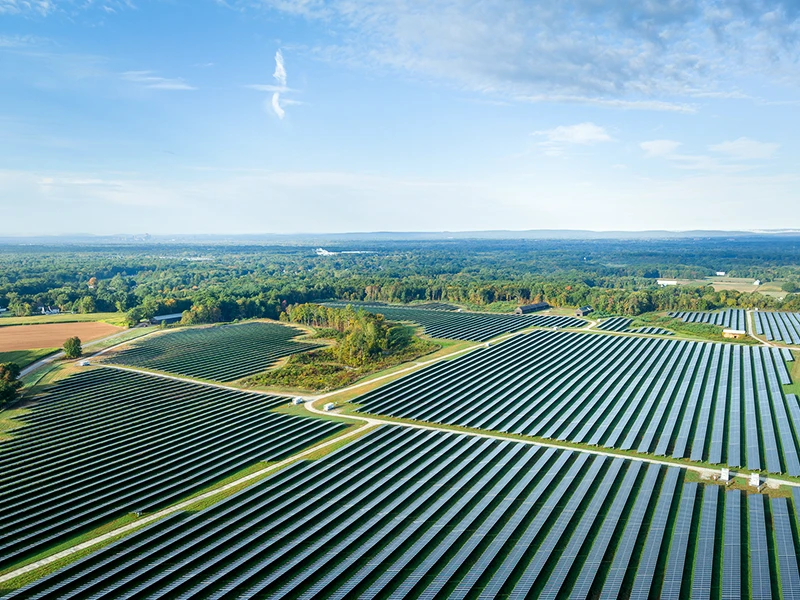Advantages
Farms, deserts, wasteland, and other areas are difficult to access the power grid. Utility solar power stations can be built to solve the problem of problematic power consumption. Mate Solar high-efficiency solar panels, gried solutions can bring higher power generation benefits.

Long-Term Stable Investment Income
Minimize PV and ESS O&M costs Enable higher PV yields and more ESS energy

Authoritative Construction Qualification
Enable higher penetration of PV energy Stable operation in all grid scenarios

More than 9+Years Experience
Guarantee higher PV system safety Proactive safety for energy storage system Higher availability of PV & ESS solution

Technology selection and system design
PV module types, energy storage battery technology, inverter selection, system integration solutions, etc.

Economic efficiency and business model
Initial investment cost, levelized cost of electricity (LCOE), revenue model (such as self-generation and self-use, surplus power to the grid), subsidy policy, etc.

Policy and regulatory compliance
Local policy support, grid access approval process, land compliance, environmental assessment requirements, etc.

Risk management and operation and maintenance guarantee
Technical failure response, natural disaster protection, long-term operation and maintenance strategy, insurance and responsibility division, etc.
FAQS
Q :
What are the key factors in the selection of PV modules?
A :
Efficiency and attenuation rate: High-efficiency modules (such as TOPCon, HJT) can increase power generation, and low attenuation rate (first year <1%) guarantees long-term benefits. Environmental adaptability: Need to match the climate of the project site (such as high temperature, dust, salt spray). Cost and life: Balance the initial investment with the cost-effectiveness within the 25-year life cycle.
Q :
What are the key parameters for energy storage system design?
A :
Capacity and power ratio: Determined according to the fluctuation of photovoltaic output and load demand (such as 2 hours of energy storage time). Cycle life: Lithium batteries must meet ≥6000 cycles (80% residual capacity). Safety: Thermal management system and fire protection configuration must comply with national standards (such as GB/T 36276).
Q :
How to reduce the levelized cost of electricity (LCOE) of the project?
A :
Scaled procurement: Reduce the unit price of equipment through centralized procurement. Improve utilization: Optimize energy storage charging and discharging strategies and reduce the rate of abandoned light. Policy subsidies: Apply for local new energy subsidies or green electricity trading premiums.
Q :
What is the difference in income between surplus power grid-connected and self-generation and self-use modes?
A :
Surplus power grid-connected: The electricity price is based on the local desulfurized coal benchmark price (such as 0.3-0.4 yuan/kWh), and the income is stable but low. Self-generation and self-use: The electricity price is based on the industrial and commercial electricity price (0.6-1.2 yuan/kWh), and it needs to be tied to a stable electricity load (such as factories and parks).
Q :
What are the main difficulties in grid access approval?
A :
Capacity limitation: The grid carrying capacity in some areas is insufficient, and it is necessary to negotiate the expansion plan with the grid company in advance. Technical standards: It must meet the
Q :
What issues should be paid attention to in land compliance?
A :
Land use nature: Prioritize unused land or industrial land, avoid basic farmland and ecological protection areas. Land rent: It is necessary to sign a long-term agreement (20-30 years) with the local government to avoid the risk of price increases in the middle. Environmental impact assessment requirements: It is necessary to evaluate the impact of the project on vegetation, water and soil, and formulate a restoration plan.
Q :
How to deal with the fire risk of energy storage batteries?
A :
Preventive measures: Use lithium iron phosphate batteries (thermal stability is better than ternary lithium), configure BMS real-time monitoring. Emergency plan: Install a gas fire extinguishing system (such as heptafluoropropane) and set up a fireproof isolation cabin. Insurance coverage: Purchase property insurance and third-party liability insurance to transfer potential losses.
Q :
What is the core task of long-term operation and maintenance?
A :
Equipment monitoring: Real-time monitoring of component efficiency and battery health status through an intelligent platform. Regular maintenance: Clean photovoltaic panels every six months and test the internal resistance of the energy storage system every year. Fault response: Establish a 24-hour operation and maintenance team to ensure on-site processing within 2 hours.





